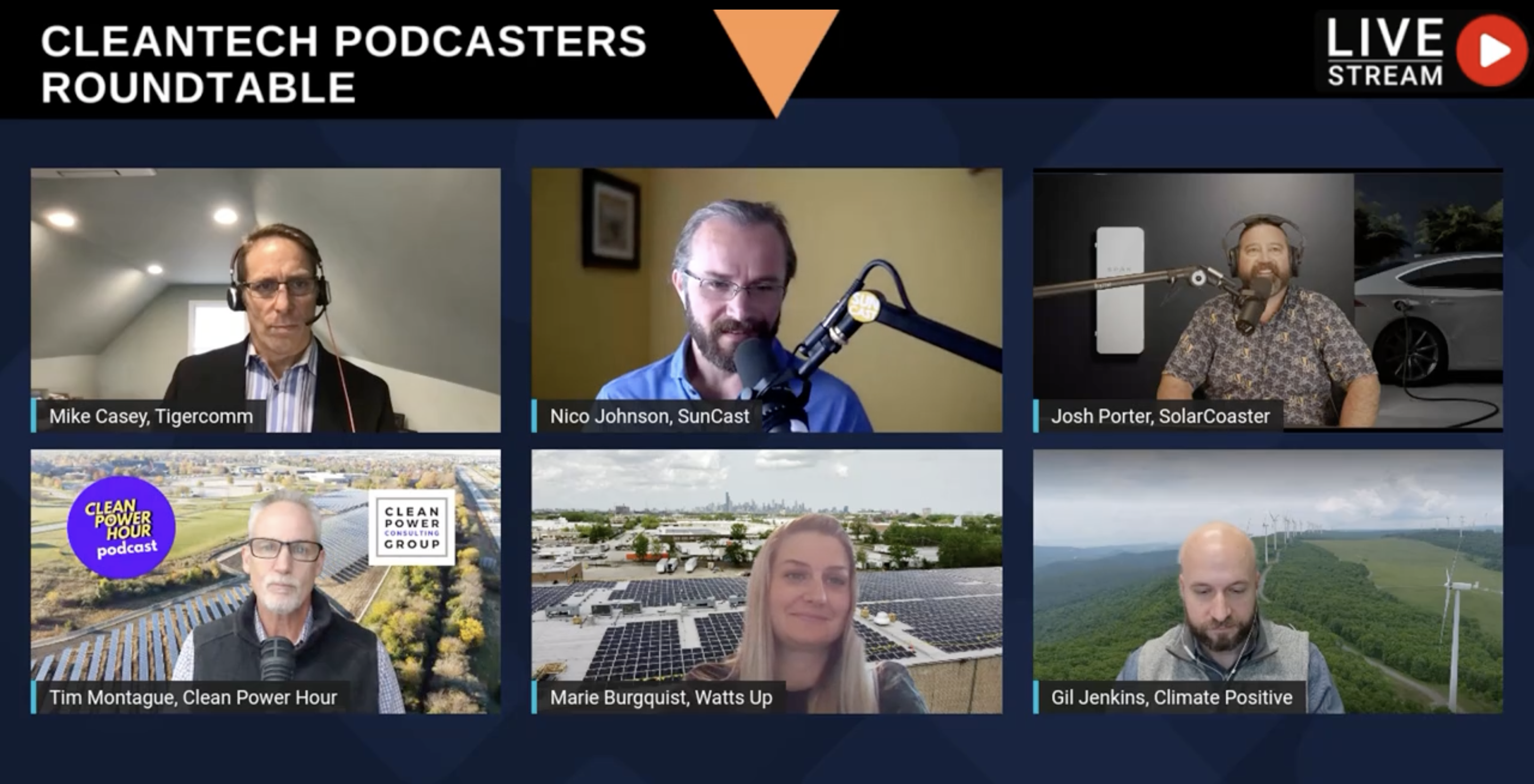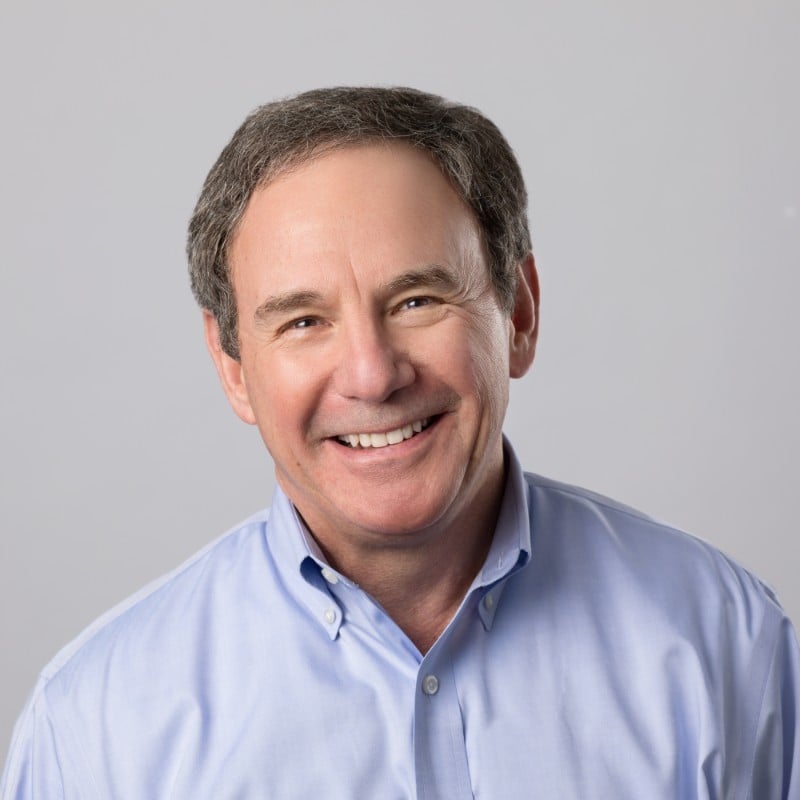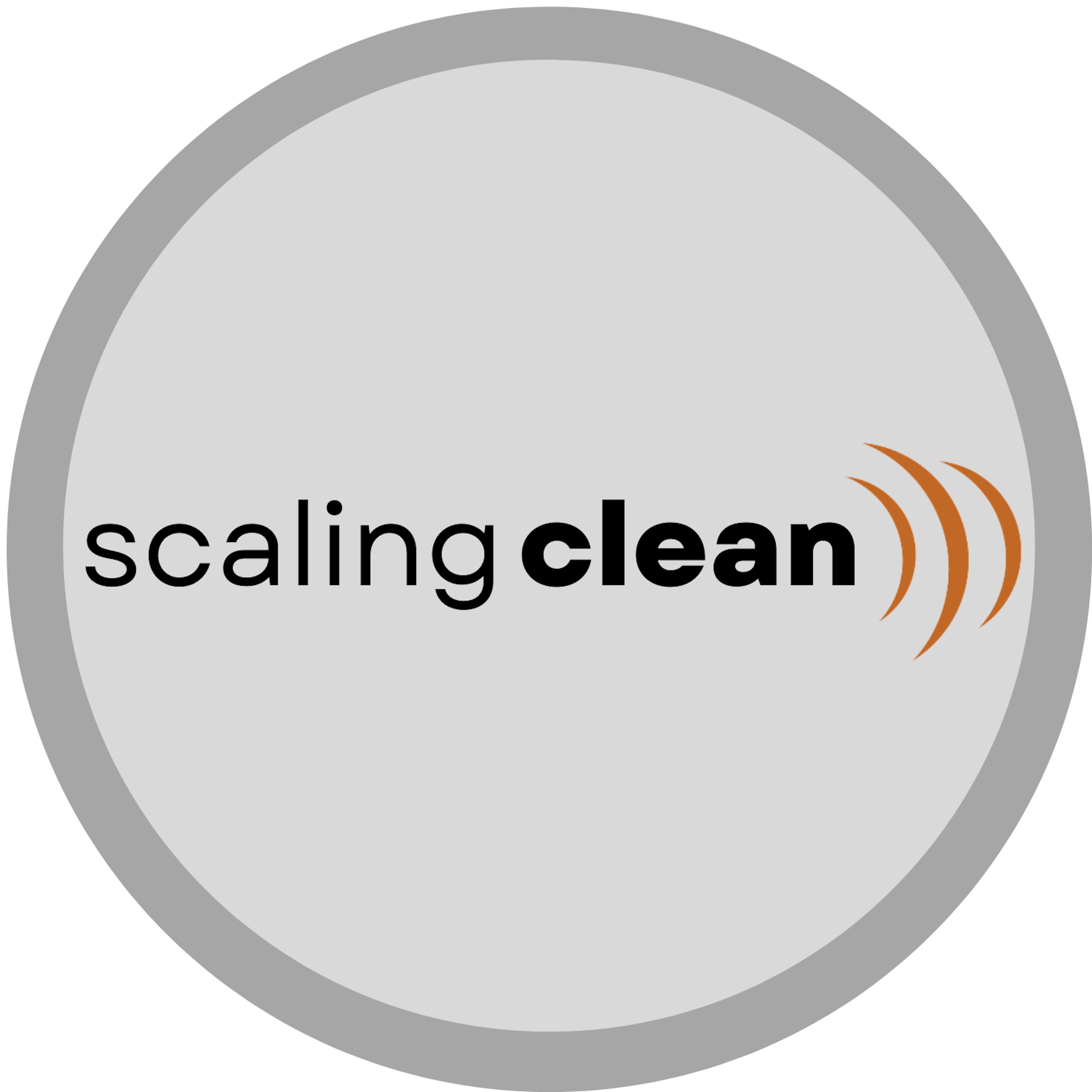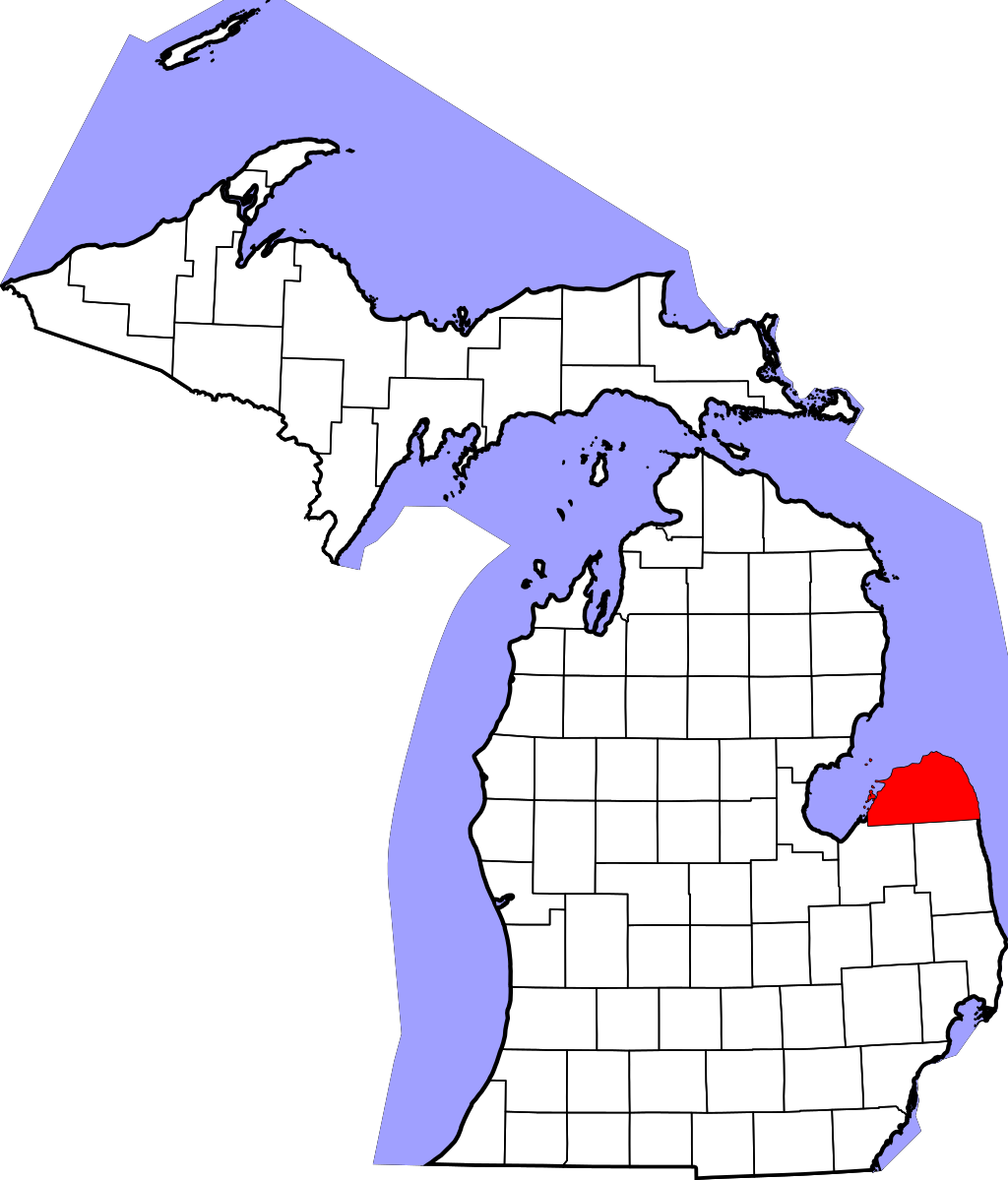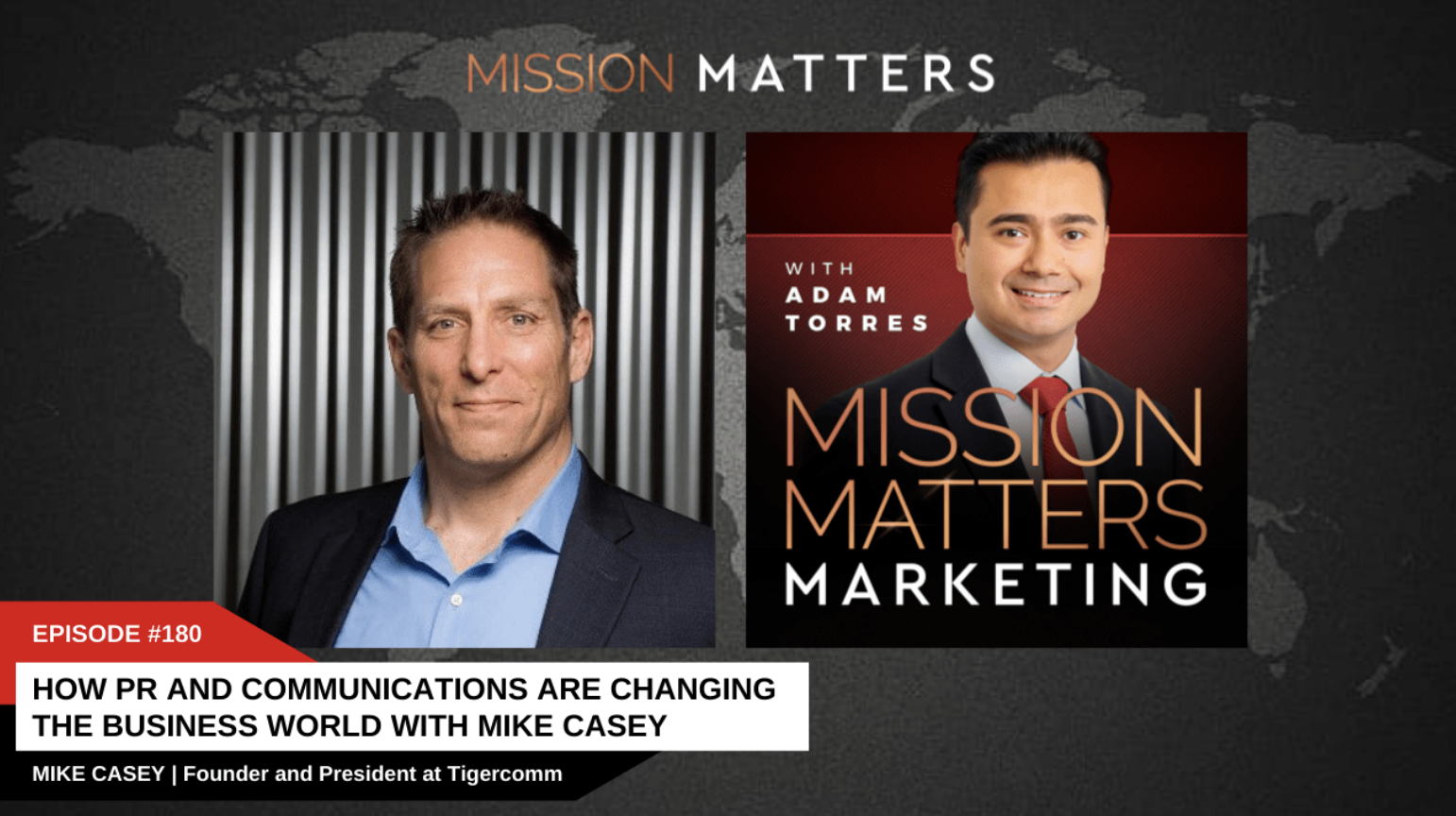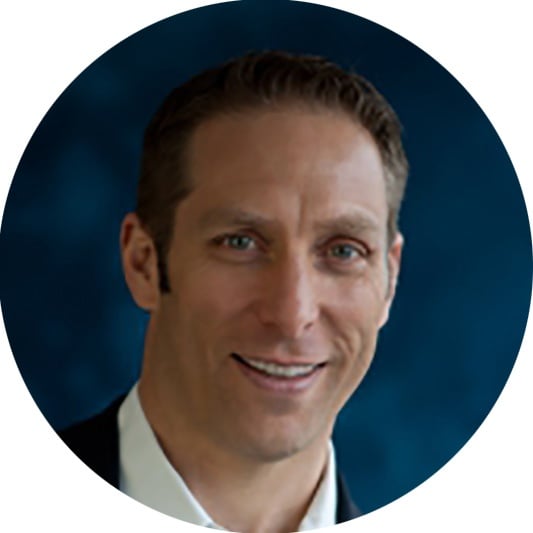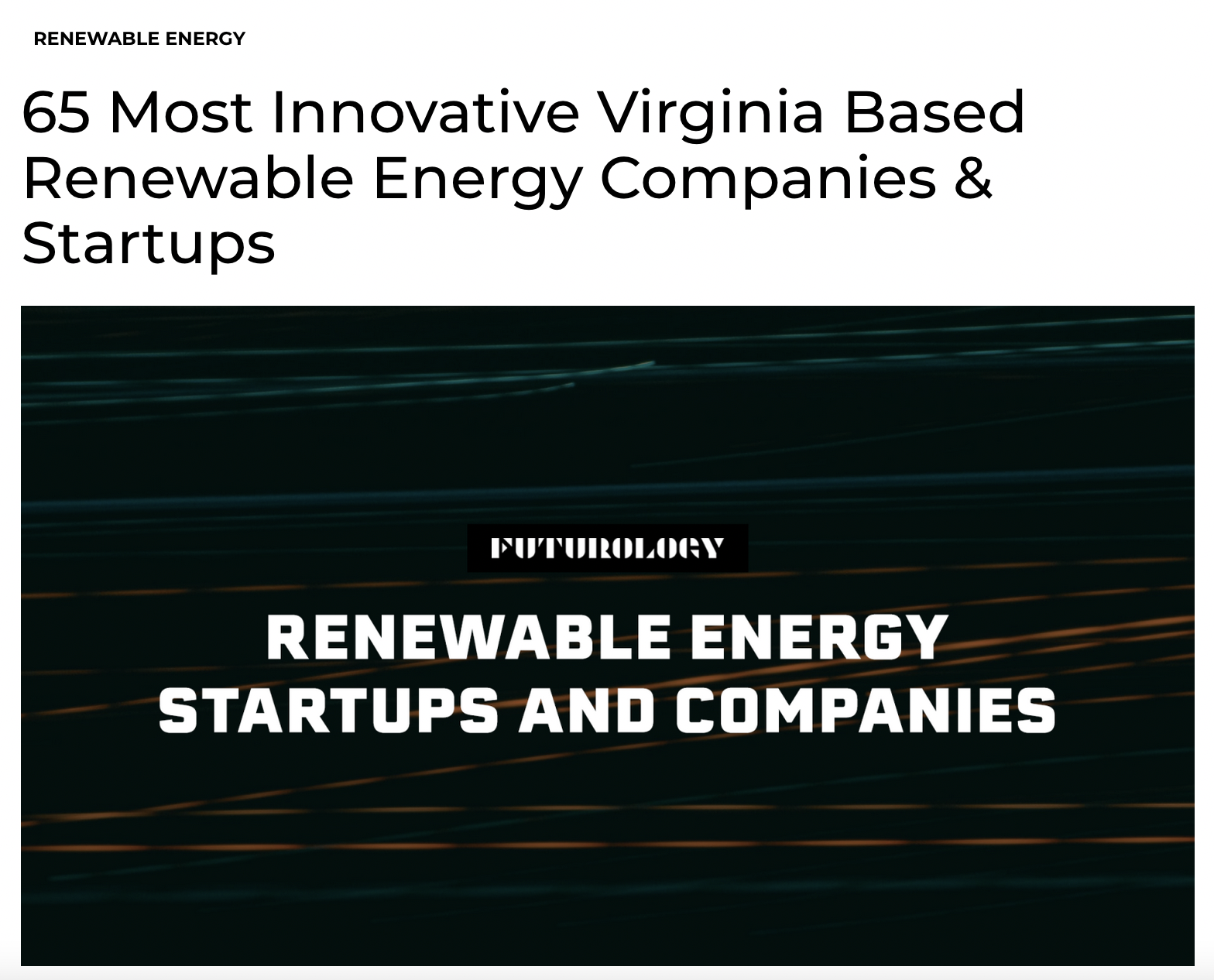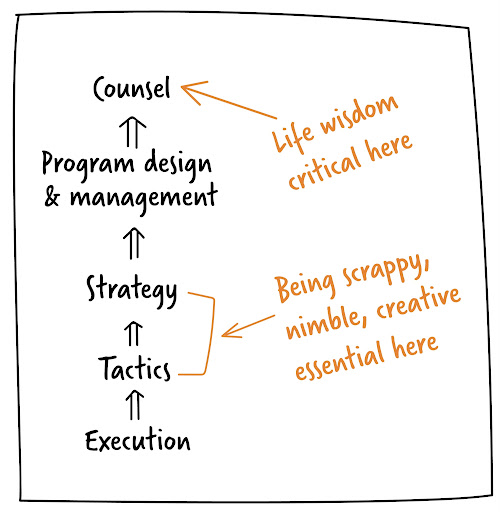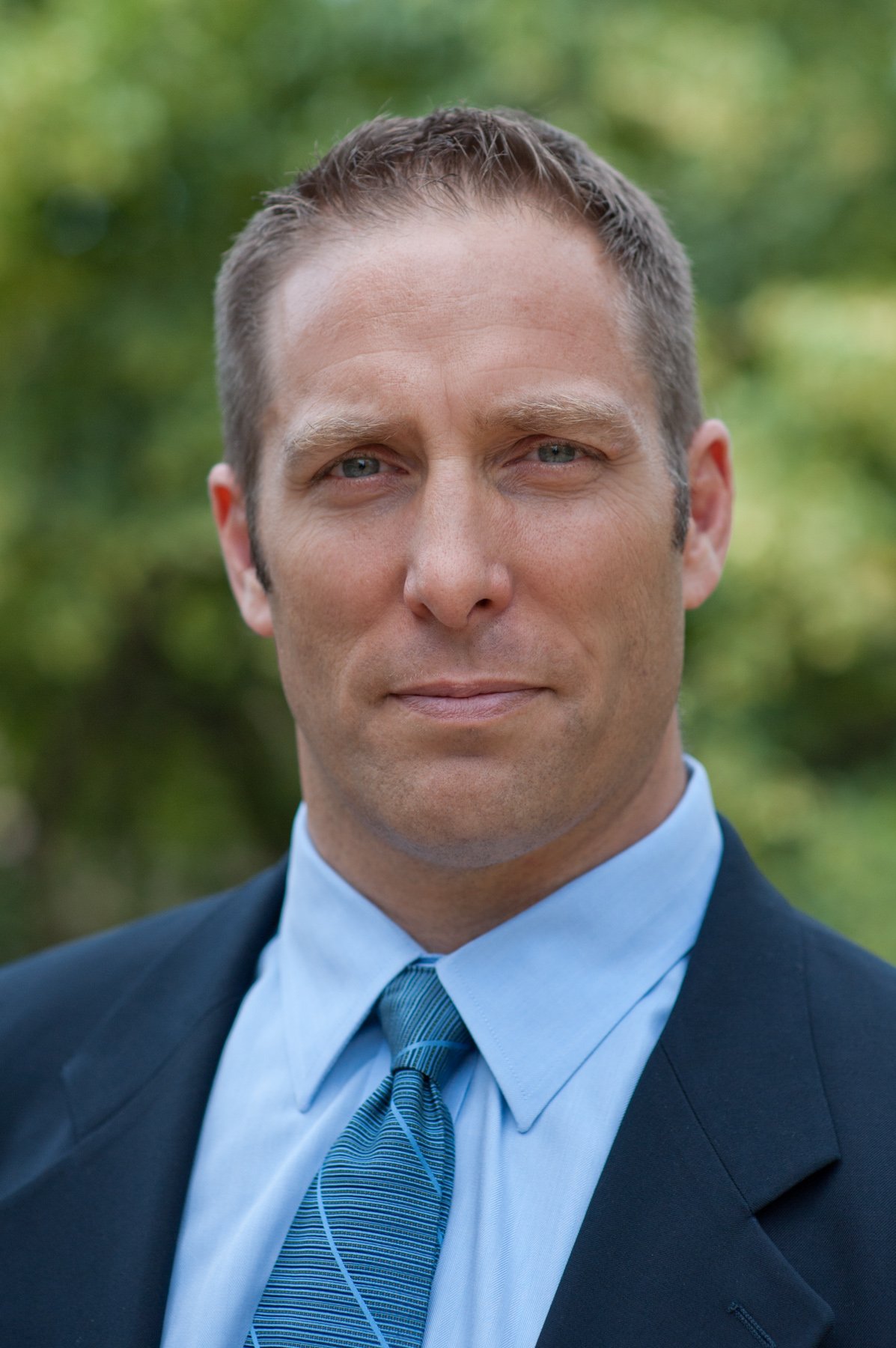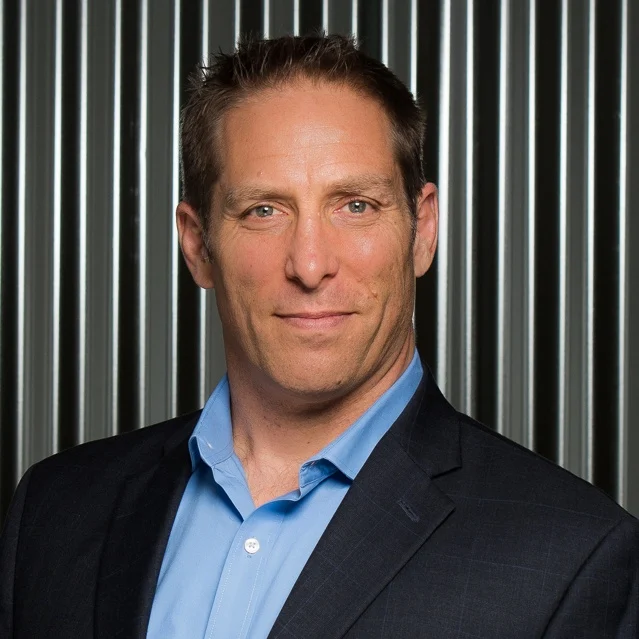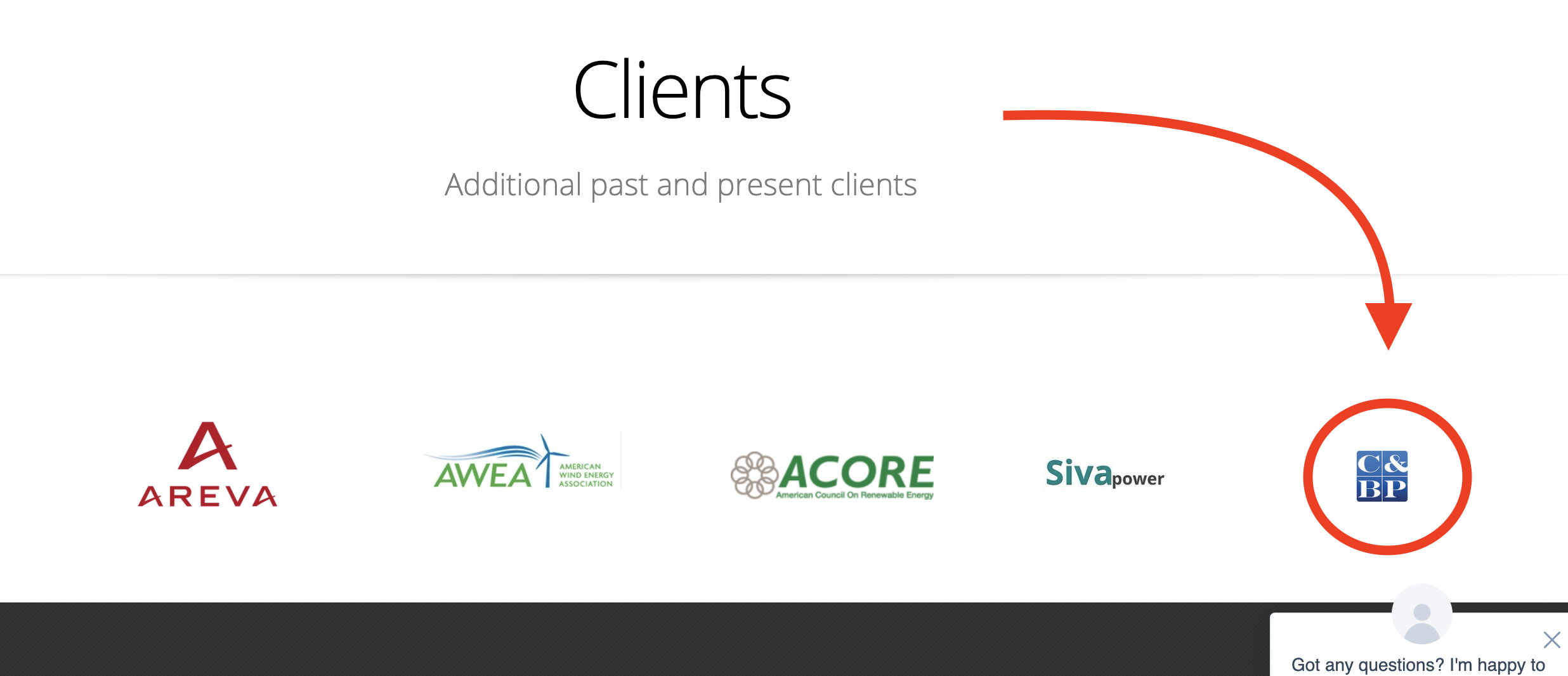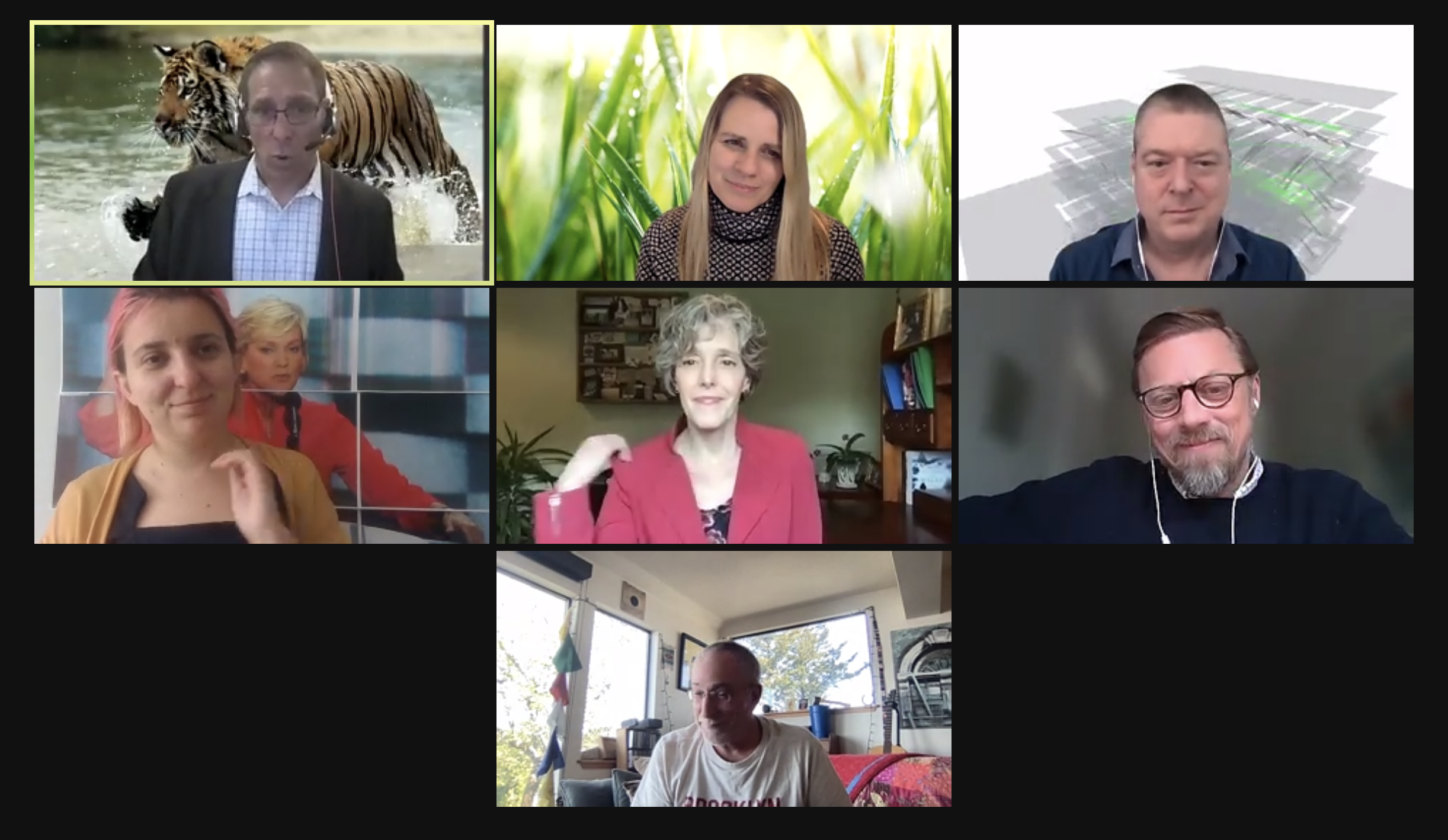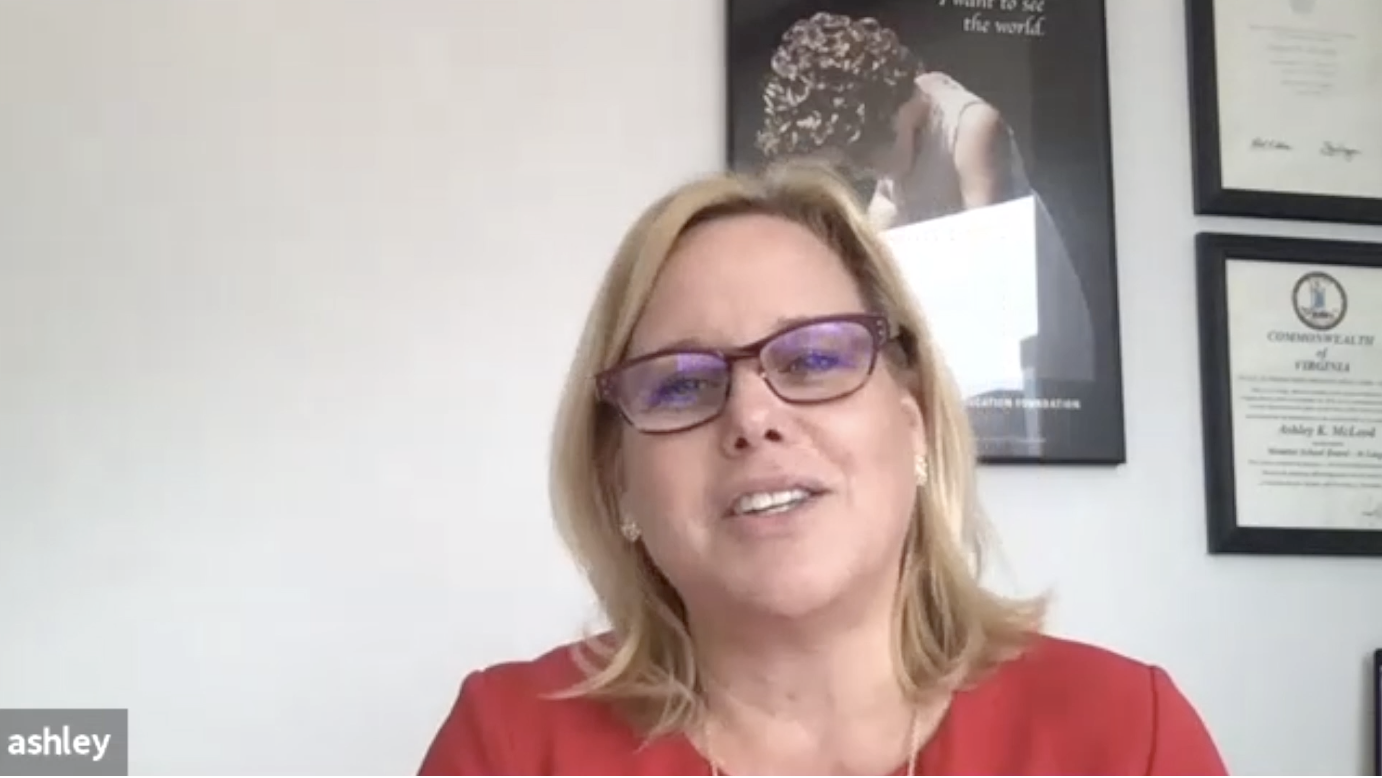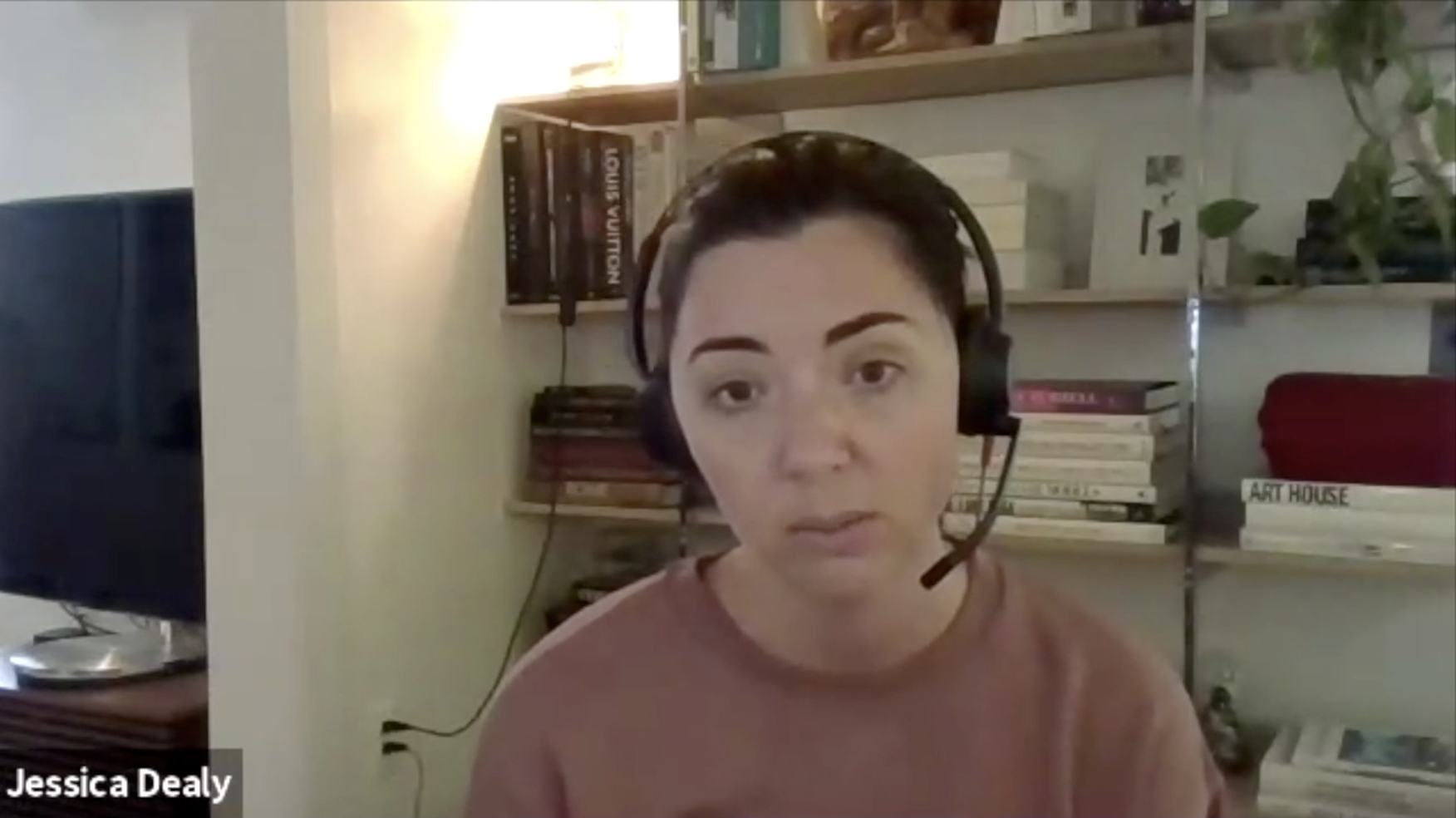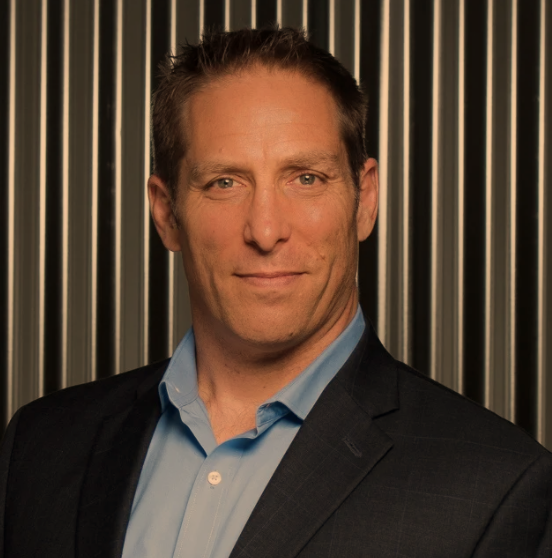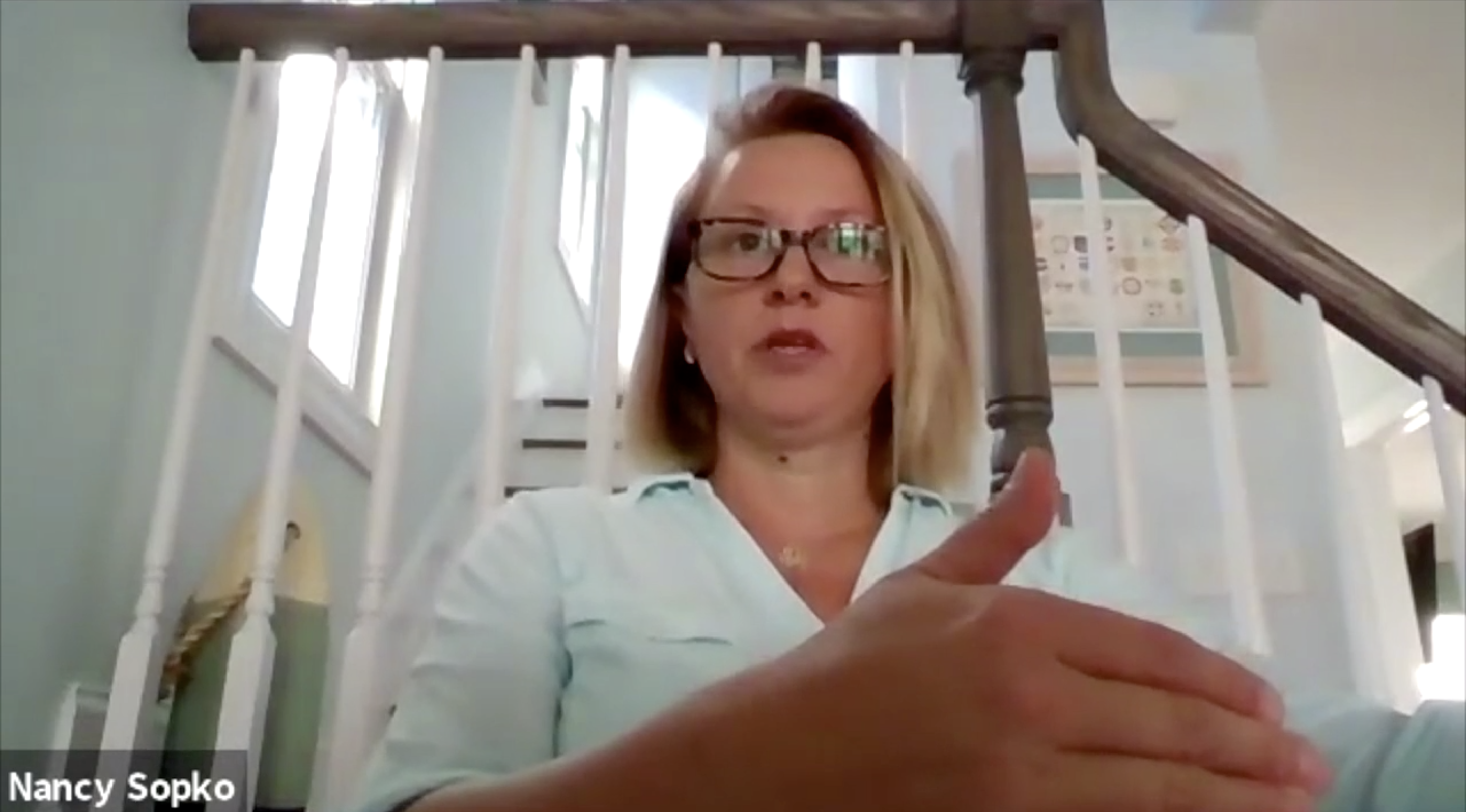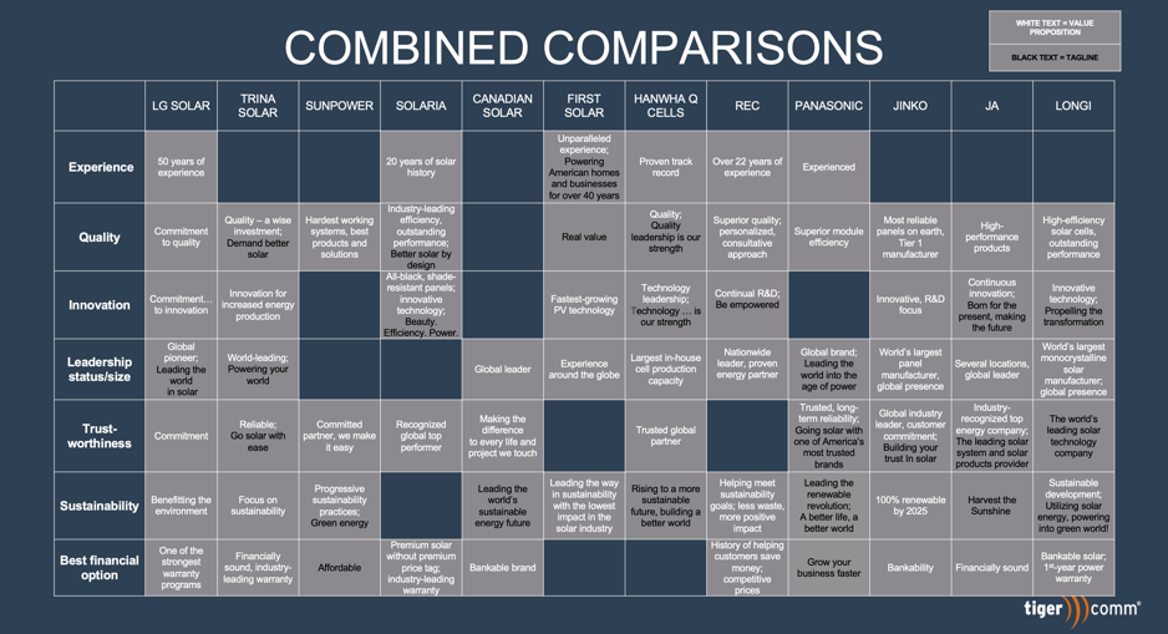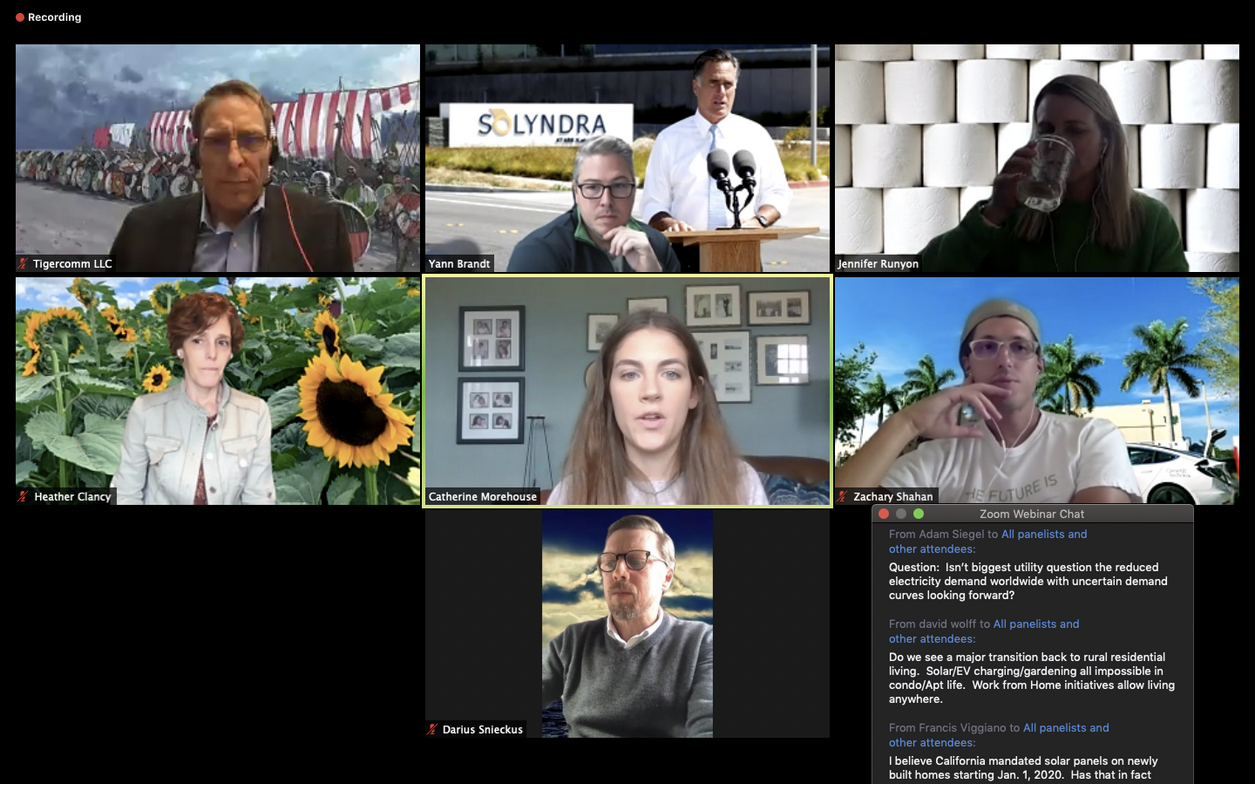Insights
Scaling Clean
We finally have the full-length video of our quarterly roundtable of cleantech journalists, which was held from the stage at RE+. Thanks to our friends at the trade show.
In the weeks ahead, we’ll produce a few excerpt videos. Each one will focus on a particular part of this discussion.
Thanks to our panelists:
We've got another great roundtable on the books. Below are our big three takeaways of the conversation.
1. The perception of green hydrogen as a climate solution is rapidly shifting towards positive.
2. While we wait for a national-level transmission buildout, the US would do well to consider alternatives like microgrids and community solar, home systems, and investing in R&D for potential new solutions.
3. Will the momentum of the IRA and record attendance at RE+ carry us through the next 5 years? Our participants had varying opinions, but we see a promising trend of clean energy turning into a business issue rather than a culture war issue.
Thank you again to our great roundtable guests:
Marie Burgquist of the Watts Up Podcast
Bill Nussey of Tech Square Ventures
Tim Montague of Clean Power Hour
Joshua Porter of Solarcoaster.co
Julia Pyper of GoodLeap
Gil Jenkins of Hannon Armstrong
I look forward to hearing your coverage as our post-IRA world unfolds and hope to see you again for our 7th podcasters cleantech roundtable.
I got to talk with Renewable Energy World’s John Engel about our recent paper, “We’re the People We’re Waiting For,” along with SOLV Energy CEO George Hershman. I loved what George said, and I encourage you to listen to at least his half of the episode.
Our 8th quarterly Cleantech Editors and Reporters Roundtable convened last week in the midst of one of the most exciting federal climate moves of our time.
Continue ReadingEnergy Efficiency As a Business Opportunity With Al Subbloie - Scaling Clean Ep. 9
#Cleantechers, pay attention to this episode, because it’s a good one. As our readers know, we designed the #ScalingClean podcast to bring you management and leadership wisdom from experienced company leaders. We’ve got a heavily experienced growth company CEO for you in this episode who is lighting up the traditionally workhorse energy efficiency sector.
Continue ReadingZachary Shahan of CleanTechnica honored us by running our recent white paper, “We’re the people we’re waiting for,” and interviewed us for his CleanTech Talk podcast.
Continue ReadingAn Expert in "Breadth of Development" Kimberlee Centera - Scaling Clean Ep. 8
We designed this show to bring you wisdom from experienced company leaders, and this episode won’t disappoint.
Continue ReadingBefore publishing this paper, I had to change its subhead from “Angry about Joe Manchin? Take a number,” to what you read above.
Many working for the clean economy transition are now relieved by the senator from West Virginia because his change of mind has enabled the hugely significant climate bill to become a reality.
It would be a tragic mistake for us to put our feet up, figuring all’s well that ended well. Let’s be clear: This climate reconciliation bill almost didn’t happen. It’s smaller than it could have been.
Continue ReadingLast week, a mix of regulars and new faces converged for the 5th Quarterly Cleantech Podcasters Roundtable, perhaps the best we’ve had so far:
Continue ReadingGraham Richard Advises Cleantech CEOs on Driving the Shift to a Clean Future
Episode 7: Graham Richard Advises on Driving the Shift to a Clean Future
We describe this show as a podcast for clean economy CEOs, investors and the people who advise them. As both an investor and an advisor, Graham has a foot in two of those categories. But he’s also one of the few people in cleantech who have served in elected office. Mayor Graham Richard served the city of Ft. Wayne, Indiana from 2000-2007 before taking the reins at Advanced Energy Economy to advocate for pro-sustainability policies.
Continue ReadingCleantech executive teams are almost universally concerned with the impact of commoditization of their companies’ long-term growth. But if your product isn’t differentiated, then competing is just about winning on price – otherwise known as commoditization.
Continue ReadingDigital Solutions for Securing Community Acceptance of Wind Energy – With Will Eberle of E.ON North America
This article was updated in June 2022 to reflect new developments in the industry.
Continue ReadingThe Importance of Public Affairs in the Micromobility Industry
Micromobility (MM) risks the fate of other disruptive industries that underinvested in public affairs — and were wiped out by politicians as a result. The gaps in other sectors’ missteps have included: ineffective campaigns at the local level, lack of supportive coalitions, staff without government experience, and not showing officials how supporting micromobility is politically safe and beneficial. Among the approaches micromobility should consider: consistently using social media to flag riders on pending policy decisions that affect them, driving calls to action using segmented data, and engaging riders in taking “microactivism” steps from their phones.
Continue ReadingThe Oracle of Cleantech Speaks…. You Might Want to listen - Scaling Clean Ep. 6
We describe our podcast as “Scaling Clean, the podcast for clean economy CEOs, investors and the people who advise them.” Ken Locklin is the first we’ve had on the show from the last category. And there’s a reason for that: Ken is the cleantech oracle you probably haven’t heard of because he has the enviable combination of foresight and humility.
Continue ReadingEpisode 5: Navigating the Rough Waters of Cleantech
Abby Hopper is in her 5th year as the head of the Solar Energy Industries Association, the U.S.’s main solar trade association widely known as “SEIA.” She’s SEIA’s third CEO, taking over the reins right when the avowedly anti-renewables Trump Administration took power in 2016.
Continue Reading"Don't Ghost Your Host" - Improving Community Acceptance for Renewable Projects | Clean Power Hour with Tim Montague
Cleantechers, some of you might remember that last December, we released interesting numbers from bellwether Huron County, MI.
Groundbreaking polling methods were used to assess community attitudes toward renewables - and what it took to move them in a positive direction.
Since then, Tyler Duvelius, Robin Pressman and I have conducted an iterative road show to socialize the findings.
But when we talked with Tim Montague, we expanded the perspectives presented to include solar developer Jon Carson.
The results were some useful insights for renewable power developers. All of them face tougher community acceptance landscapes, one of the few ways that the costs of renewables are going up.
The keys to leadership with Chad Farrell - Scaling Clean Ep. 4
So far on our podcast, we’ve interviewed cleantech leaders that are in a later stage of their careers. We figured that wisdom comes from a combination of gray hair and track record.
Chad Farrell is different, and that’s a good thing. As the CEO of Encore Renewable Energy, Chad’s first company is his current company. Encore develops what it calls “community-scale” renewable energy projects, often on land reclaimed from past industrial uses. But Chad’s been driving Encore’s success for almost 15 years, which is plenty of time to gather a body of lessons learned we can pass to others in his position.
Continue ReadingDictionary.com:
Mosaic - 1. a picture or pattern produced by arranging together small colored pieces of hard material, such as stone, tile, or glass.
If you listened to our 7th quarterly Cleantech Editors and Reporters Roundtable, you got what I think is one of the best overviews of cleantech available anywhere.
In part that’s because this was the best Roundtable we’d had to date. But it’s also because these convenings assemble journalists at the top of their game who track hundreds of companies in multiple sectors.
When their views come together, you get a confident picture of our professional landscape. You get a mosaic.
#cleantechers, if staying on top of sector developments is important to you professionally, it’s hard for me to identify a better view than what these Roundtables provide. (Yes, I’m partial.)
Thanks to our returning regulars:
- Darius Sniekus of Recharge
- Heather Clancy of GreenBiz
- Zach Shahan of CleanTechnica
- Tim Sylvia of pv magazine
- Iulia Gheorghiu of Utility Dive
And to our new panelists:
- Jeff St. John of Canary Media
- John Engel of Clarion Events (Renewable Energy World)
- Dan Gearino of InsideClimate News
There was a lot to cover – continued advancements in clean energy scaling, tariffs, ruthless dictators, global supply chain disruptions, and more progress in the Wild West of storage and transmission. This was a tough Roundtable to boil down to our standard, “B3Ps,” or Big 3 Points.
Here’s our take:
We’re honored to be named among The Manifest’s most recommended B2B leaders in D.C. For 17 years, we’ve served some of the top clean economy companies who are scaling a more sustainable U.S. economy.
Here’s to 17 more years.
Episode 3: The Business Case Against Being a Jerk
We're up with our third episode of Scaling Clean, where I spoke with former CEO of Hemlock Semiconductor, Mark Bassett. During his impressive tenure, Mark saw sales surge even in the face of the COVID recession. He’s worked most of his career in heavy, mature industries, including 11 years rising through the ranks of Dow Chemical.
Continue ReadingThe traditional, conventional wisdom in business marketing is to ignore competitors. “Don’t give them oxygen.” But that’s wrong, according to Duke University marketing professor Dr. Keisha Cutright. Dr. Cutright’s research, first covered by NPR’s Planet Money, shows that companies who compliment competitors actually improve customer perception of their brands. In other words, the complimenter gets the credit from customers.
Continue ReadingB2B Purchase Decisions In Cleantech And The Digital-Social Criticality Scale
Across clean economy sectors, the sales and marketing teams we talk to share a growing frustration: it’s gotten harder to get renewable energy customer prospects to engage during the marketing process. They’re all too familiar with sending that seventh “touch base” email to a prospect they’ve connected with at the trade show and hearing nothing back. This experience has three main sources: what we’re calling the “VAR Phenomenon” (Volume, Attention, Relevance), and it's increasingly becoming a challenge in the smartphone age.
Continue Reading
Episode 4 of our quarterly podcast roundtable is on the books — Nico Johnson and I had a great conversation with Marie Burgquist, Gil Jenkins, Tim Montague and Joshua Porter. I’ll be sharing my big three takeaways from this session soon. In the meantime, you can watch the whole episode here.
Episode 1: Clean economy leadership insights with Bob Fishman
We’re up with episode 2 of Scaling Clean, the podcast for clean economy CEOs, investors and the people who advise them. Our goal is to convert company leaders’ experience into useful insights for you in your work.
This episode features our conversation with Robert E. Fishman, a veteran CEO of three energy companies with experience in renewables, fossil fuels and nuclear energy. Bob’s a thoughtful, humble and accomplished leader and mentor. He’s got a wealth of experience in several areas, but I suspect you’ll find most useful his insights into assembling and maintaining the right executive team.
Continue Reading
Hello cleantechers!
I'm announcing today that Tigercomm’s launching: “Scaling Clean, the podcast for clean economy CEOs, investors & the people who advise them.”
Think of this show as a cross between NPR’s “How I Built This” and the New York Times’ “Corner Office” interview series. We’ll glean lessons and best practices from experienced cleantech leaders and curate them for the next generation of sector leaders – all in a compact, rich 30 minutes.
This article was updated in March 2022 to reflect industry changes.
Why Should Cleantech Companies Invest In Social Media?
Spoiler alert: We’ve found that almost every wind energy company is using social media as a limited distribution platform. That’s understandable, because social is great for distribution as the first, highly targeted yet far-reaching platform. And there’s the lure of social media’s lightning-in-a-bottle potential to “go viral,” organically attracting massive numbers of eyeballs with only a modest initial investment.
Yet most wind company programs are leaving on the table the real potential for social media… targeted engagement. Social media is definitely cheap distribution, though for all but a few (like the Federal Reserve), a distribution-centric strategy can’t hold audience attention. There’s too much content and too many voices vying for a finite pool of people’s attention.
The potential for long-term attention through social media lies in targeted engagement, with networks of people investing their time and attention in a company’s products, policies and successes. But the engaged have to find value in engaging. And one of the surest value propositions is not just being responded to, but having impacts on brands, products and policies.
Many companies are already engaging – see ratings from Uber drivers and riders. The trend is underway elsewhere. You can accessorize the car model of your choice, and it’s a sure bet that car companies are using the resulting data to time when customer online input will drive which decisions to make on which models. Others are on the threshold: with only half the daily newspaper reporters on staff as compared to 20 years ago, the news industry continues its financial slide because readers won’t pay the full cost of professional reporting. It’s being argued that news reporting’s most viable path is having readers choose what gets reported in the first place. You get the idea.
The point is that value-add engagement is only secured through a two-way conversation that matters. The buzz phrase is “democratized ownership.” It’s rare right now in high-ticket B2B sales, though the potential value remains. However, those benefits will only be reaped through well-designed, intensively managed social engagement programs. They aren’t cheap, but we see distribution-only tactics beginning to cost the wind industry more in opportunity than targeted engagement will require.
Operating Wind and Solar Farms Might Be Cleantech’s Most Underutilized Public Affairs Tool
We recently teamed up with our friends at Conservatives for a Clean Energy Future and the folks at Embold Research to do something untried: use cutting-edge public opinion measurement tools to go deep on attitudes toward renewable energy in one rural bellwether community. We first presented these findings at the CLEANPOWER trade show in Salt Lake City.
Continue ReadingIt was fun to talk with Adam Torres of Mission Matters Media about how public relations is both serving and changing the way businesses interact with consumers.
Continue ReadingThis article was updated in January 2021 to reflect the most recent industry updates.
One of the great things about my job is talking to cleantech companies with cutting-edge technology, data-driven execution and great management.
But it’s surprising how many of those companies build legacy marketing communications into their approach for engaging customer prospects.
Continue ReadingWe're honored to be mentioned as one of the 65 most innovative U.S. #cleanenergy companies that are based in Virginia by Futurology Life.
That work's easier when you have the best #team in the business: Melissa Baldwin, John Shaw, Phoebe Lease, Jamie Meckley, Bridgette Borst Ombres, Nathaniel Schub, Sera Mahdavi, MA, Gretchen Casey and Dylan Gasperik (for one more day!)
Last week, we hosted the 5th Cleantech Editors Roundtable, and we think it was our best yet. Six editors from major cleantech news sites met to cover a wide range of topics. You can view a highlight reel below, but beneath that is what we heard to be the “B3Ps,” or Big 3 Points:
Continue ReadingNew Hands On Deck
We are announcing today that Tigercomm has acquired Chase Media Services and that its principal, Melissa Baldwin, is joining us this week as senior vice president. This is our firm’s first acquisition, and perhaps its biggest prize is Melissa. If we have our way, cleantechers will see a lot of her and her work in the years ahead.
Continue ReadingFellow cleantechers –
You’ve heard about our quarterly #Cleantech Editors & Reporters Roundtable series. Now Tigercomm is experimenting with the first #Cleantech Podcasters Roundtable.
We convened the hosts of 8 major clean economy podcasts to discuss sector trends, changes in company leadership, information sources they use, and how best to approach them with topics & guests for their shows.
Tigercomm EVP Mark Sokolove is leaving us. Here’s what that says about cleantech.
Let’s get the news out of the way, so we can get to the opining … After 14 years of helping build Tigercomm into the top clean economy marcom and public affairs firm, our Executive Vice President Mark Sokolove is leaving for a can't-refuse job at Hanwha Q CELLS America as Marketing Director. Mark’s last day with us is Friday, July 2.
Continue ReadingStranger Than Fiction - A Compelling Story, Missed in Real Time
Our friends at Checks and Balances Project (C&BP) are really effective. With a shoe-string staff and budget, they combine investigative reporting and public watchdog work to make business as usual uncomfortable for entrenched lobbying interests. Those interests – often polluting ones – take great offense that a plucky watchdog blog would dare raise questions about ethically challenged organizations.
Continue ReadingWhy Steer Into Rough Seas? Interviews With The Experts: Kris Ohleth
As part of our series of interviews with people leading community engagement for the U.S. offshore wind industry, we're delighted to have our friend, Kris Ohleth, join us.
Continue Reading4th Quarterly Cleantech Editors Roundtable
On April 21, we had the honor of welcoming the editors who have formed our Cleantech Editors Roundtable. This fourth convening continued producing useful insights from people who see trends emerge from the thousands of pitches our companies collectively send them each month.
Continue ReadingAs part of our interview series with Offshore Wind’s (OSW) community engagement leaders, we were thrilled to talk with Ashley McLeod. A former executive with the Virginia Maritime Association, a former school teacher and a past school board member. Ashley’s combination of experience has given her an unusually deep understanding of how a local community makes decisions. That’s serving her well in her current role as Director of Stakeholder Engagement for Avangrid Renewables’ Kitty Hawk Offshore Wind Project.
Continue ReadingThe launch of Canary Media is terrific news for the cleantech industry. My hat is off to Eric Wesoff, David Roberts, Jeff St. John, GTM alumni, and the entire team they've assembled. We need good journalism now more than ever, especially climate-focused reporting. Eric and his team have delivered it for decades. It's reassuring to know that won't stop now.
Continue ReadingWe have this recent piece in Renewable Energy Magazine speculating on what clean energy trade shows and conferences will look like as the country emerges from COVID. H/T to Editor Dan McCue.
Continue ReadingThe solid reception to our talk at the 2019 Offshore Wind Conference inspired us to stay focused on the topic of best practices for offshore wind developers in their community engagement efforts. We followed the talk with the first analysis of current and recommended practices: “Why Steer Into Rough Seas? Helping Help Offshore Wind Avoid Community Acceptance Problems.”
Continue ReadingNat Schub and I enjoyed talking with CleanTechnica’s podcast host, Mike Barnard, to discuss the importance of the micromobility (MM) industry and our analysis of its public affairs programs. A year in the making, the analysis was a pre-pandemic snapshot of an exciting sector that’s evolving and growing.
Continue ReadingWhat do these people have in common? Leading light Texas Governor Greg Abbot, Fox News windbag Tucker Carlson, Mensa member (and former DOE Sec.) Rick Perry, corrupt former BLM Director William Perry Pendley, and an anonymous propagandist at the Wall Street Journal’s editorial page.
Continue ReadingMay we live in interesting times.
Since our previous Cleantech Editors & Reporters Roundtable, we have witnessed a chaotic election cycle, a riot at the capitol, and an ongoing global pandemic. Still, our guests came prepared to share their wisdom on the newest developments in the clean economy.
Continue Reading
Nancy Sopko doesn’t currently drive community engagement at an offshore wind company. But we had to include her in this series for a number of reasons, not the least of which is because as the head of the University of Delaware’s Special Initiative on Offshore Wind, Nancy (who is the successor to the legendary Stephanie McClellan) has achieved a unique, sector-wide perspective on how offshore wind development is scaling in this market. Also, Nancy and Stephanie are both veterans of the offshore wind sector and were part of a small group of early players who cleared barriers to aid in the successful launch of U.S. offshore wind development.
Continue ReadingI’m fired up about being a speaker at Solar Power International, now part of North American Smart Energy Week. Our presentation was based on an analysis and set of interviews with industry leaders on what the industry can do about profit pressure from commoditization.
Earning Public Acceptance of Offshore Wind Projects — Mistakes and Best Practices
Note: this article was first published in 2020.
Offshore wind must effectively engage coastal communities. It can save money and avoid heartache through the lessons of other clean economy sectors.
"Solar and onshore/offshore wind developers. Download, read and take action.… You'll thank Mike Casey and me." – Susan Munroe, Director of Economic Development, Chambers for Innovation and Clean energy.
Offshore wind (OSW) is a disruptive new sector within the power industry. Like other clean economy sectors, its success will rely partly on effectively engaging local communities. In OSW’s case, it’s the communities where project infrastructure will make landfall that will have control over whether or not OSW farms are built.
The increased professionalization of professional NIMBY pushback (Not in My Back Yard) threatens that success. However, OSW can save time and avoid heartache by adapting the hard-won community engagement lessons from other clean economy sectors.
We’ve analyzed the community relations experiences of solar, onshore wind and the PACE sectors for portable lessons to other clean economy sectors, including OSW. We’ve identified a three-stage, “Clean Economy Mistake Path” that is expensive to enter and can end at project fatality.
This initiative stems from my presentation at last fall’s Offshore Wind Conference in Boston, hosted by the American Wind Energy Association. Shout out to Nate Mayo of Vineyard Wind and several other audience members who encouraged us to expand last fall’s presentation into a more in-depth format.
You can read more below, or download this as a PDF here.
Introduction
Last fall, I spoke at AWEA’s Offshore WINDPOWER Conference. Preparing for that appearance prompted my firm to look at the experience of other disruptive, clean economy sectors that are locally regulated. For offshore wind (OSW), which is regulated at the federal, state and local levels, a valuable pattern emerged from the collective experience of rooftop solar, onshore wind, home sharing and PACE lending. While the new pandemic and recession make all that seem ages ago, we think the lessons provided by those other sectors are still worth presenting to the OSW sector. Each of these other clean economy sectors found costs and heartache by bumping into the realities of being locally regulated.
With hindsight, many in those sectors acknowledge they should have solved for those predictable challenges in their respective business plans — right from the start.
What is the NIMBY Effect?
Too many companies in those sectors had to compensate for their early underinvestment in public affairs by having to build programs while dealing with expensive problems with NIMBY (Not In My Backyard) opponents.
NIMBY campaigns are professionalizing. They are getting more sophisticated and effective, they are being supported by professional organizers, they have secured funding by incumbent sectors, and they connect through online resources. As Bloomberg News has reported, the costs of underinvestment in public affairs are adding up for companies in clean economy sectors, a trend that’s expected to escalate.
The onshore wind industry is now seeing half-billion-dollar power plants killed because 50 people shout at officials in a county commission meeting. Airbnb had to struggle to fend off attacks from the hotel lobby on their ability to operate in New York City and other major cities. Despite its huge popularity and tiny viewshed, even solar energy is getting hurt by professional NIMBYism. Many laughed when Woodland, North Carolina rejected a solar farm in December 2015, because some residents worried the solar plant “would suck up all the energy from the sun and businesses would not come to Woodland.”
The costs of underinvestment in public affairs are adding up for companies in clean economy sectors, a trend that’s expected to escalate.
No one’s laughing now.
Last fall, sPower almost lost its permit to build a utility-scale solar farm in Spotsylvania County, Virginia—70 miles south of where I write this. Earlier this year, Bay W.A. Renewables lost its permit for a solar farm on 1,600 acres in nearby Culpepper, Virginia. After beating Bay W.A., leading opponent Susan Ralston said she…
“...plans to turn her [local] 501(c)(4), Citizens for Responsible Solar, formed this spring, into a vehicle to help other citizens groups fight solar projects all over the country. ‘You see this story played over and over again,’ [Ralston] said. ‘The states have just been overrun with solar. The land is cheap, and these developers come in. They come in and the citizens don’t know this is happening, and when they find out, it’s too late’.
Even those sectors, such as scooter companies, that aren’t disrupting powerful incumbents have run into problems. As of this writing, time and street limits on scooters in Atlanta have led to the state of Georgia to consider a complete ban on all shared electric scooter companies statewide. Lyft has seen the writing on the walls and pulled its scooters out of Atlanta. The results are increased costs for many, project death for some and a few companies now completely out of business. The big message from the combined experience of these other sectors is that securing community acceptance is a business-critical task.
Social Acceptance of Offshore Wind Power Projects in the US
OSW can take a different path. Even with only five operating turbines to date in the US, the sector is not a collection of startups. Far earlier than in other sectors, OSW is being driven by experienced, deep-pocketed players, drawn to the tremendous growth potential in the $70B addressable U.S. OSW market. The current range of large companies pursuing OSW have no excuse for bootstrapping community acceptance by skimping on budgets, staff and scale.
Why are so many clean economy companies late in scaling their public affairs? One reason is that many companies see themselves as part of a new industry, when they are actually a new sector within an industry dominated by incumbents with the ability to respond to new, disruptive players.
At the dawn of the internet age, Google and Facebook were creating a new industry. Yes, both companies proved tremendously disruptive over time, but they had a lot of run room before the disrupted could see the threat and respond. Ride hailing and medical cannabis are just a bit off the “New Industry'' side of the scale. Ride hailing is pushing back against a taxicab industry that’s usually quite weak, unless you’re in London. Medical cannabis will displace some types of pharmaceuticals, but most people in that sector tell me they expect the drug and tobacco companies to buy up leading cannabis players. In other words, they will join — not fight — the dope industry. But like solar, PACE, onshore wind, and home sharing, OSW is not a new industry. It’s a new sector out to take market share from incumbents who aren’t going to act like doormats for the new guys.
OSW has already had an early taste test of community pushback and its costs. The first attempted project, Cape Wind, was killed by attacks from wealthy neighbors who included one of the Koch brothers, the Kennedys and retired CBS anchor Walter Cronkite. The burgeoning OSW sector has now had the federal “pause” button pushed mainly as a result of advocacy from commercial fishermen. Fishermen are admirable people, risking their lives to put seafood on our kitchen and restaurant tables. But they also are part of an industry that sees OSW as a disruptive threat. The different sectors of the fishing industry — scallops, squid, etc. — have banded together to use local voices to affect OSW’s fortunes at the federal level. The OSW sector is still working out how to counter the fishing industry’s tactics by promoting the local job creation and climate mitigation benefits OSW provides.
The bottom line? There’s a big difference in how public communications should be scaled from the start if you’re a new sector vs. a new industry.
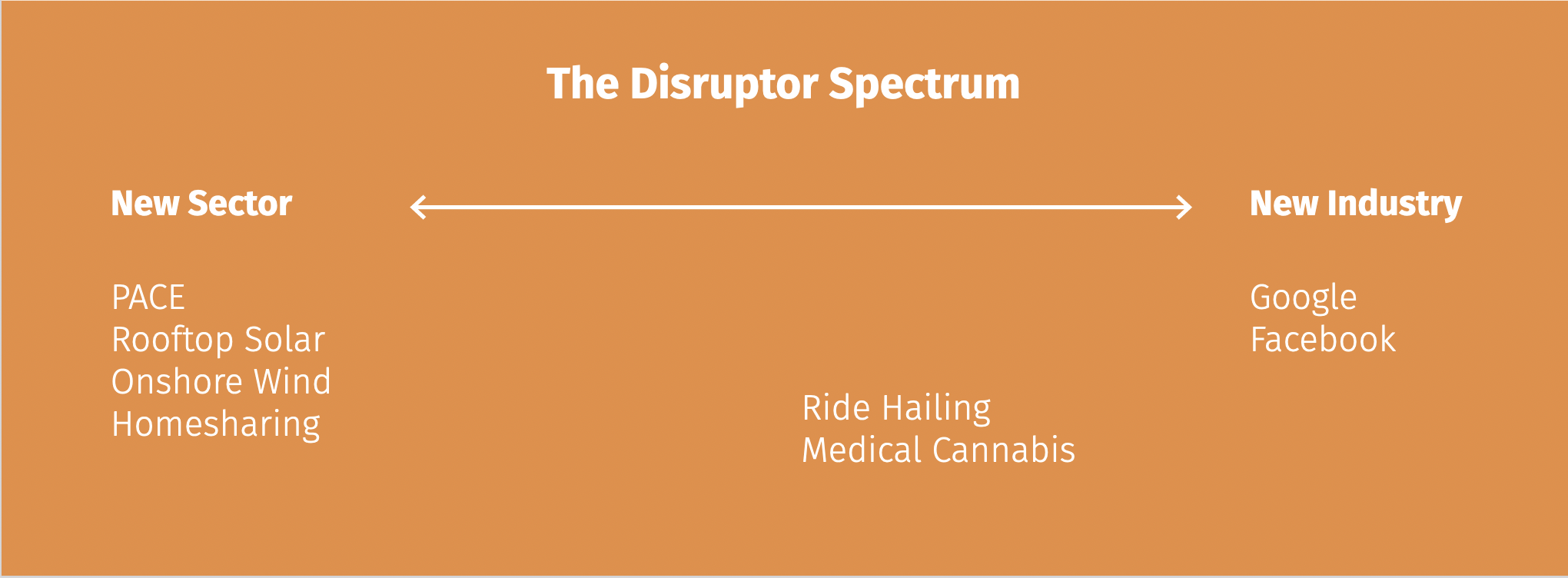
Offshore Wind Communications Challenges and Mistakes
Advocacy Valley of Death
OSW would benefit by understanding that it’s entering into the Advocacy Valley of Death: Big enough to be a disruptive threat, but not ready to respond to the reaction of the disrupted. Look no further than the seemingly obscure, 2010-16 Coast Guard “study” prompted by pressure from Maersk, the leading global shipper with significant interests in the oil and gas industry. The Atlantic Coast Port Access Route Study was riddled with lobbyist influence, and it resulted in a call for OSW turbine setbacks from shipping lanes that are 5x those required in Europe. While more recent studies have countered its recommendation, ACPARS was essentially a trial run for lobbyists looking to stop OSW’s growth.
OSW would benefit by understanding that it’s entering into the Advocacy Valley of Death: Big enough to be a disruptive threat, but not ready to respond to the reaction of the disrupted.
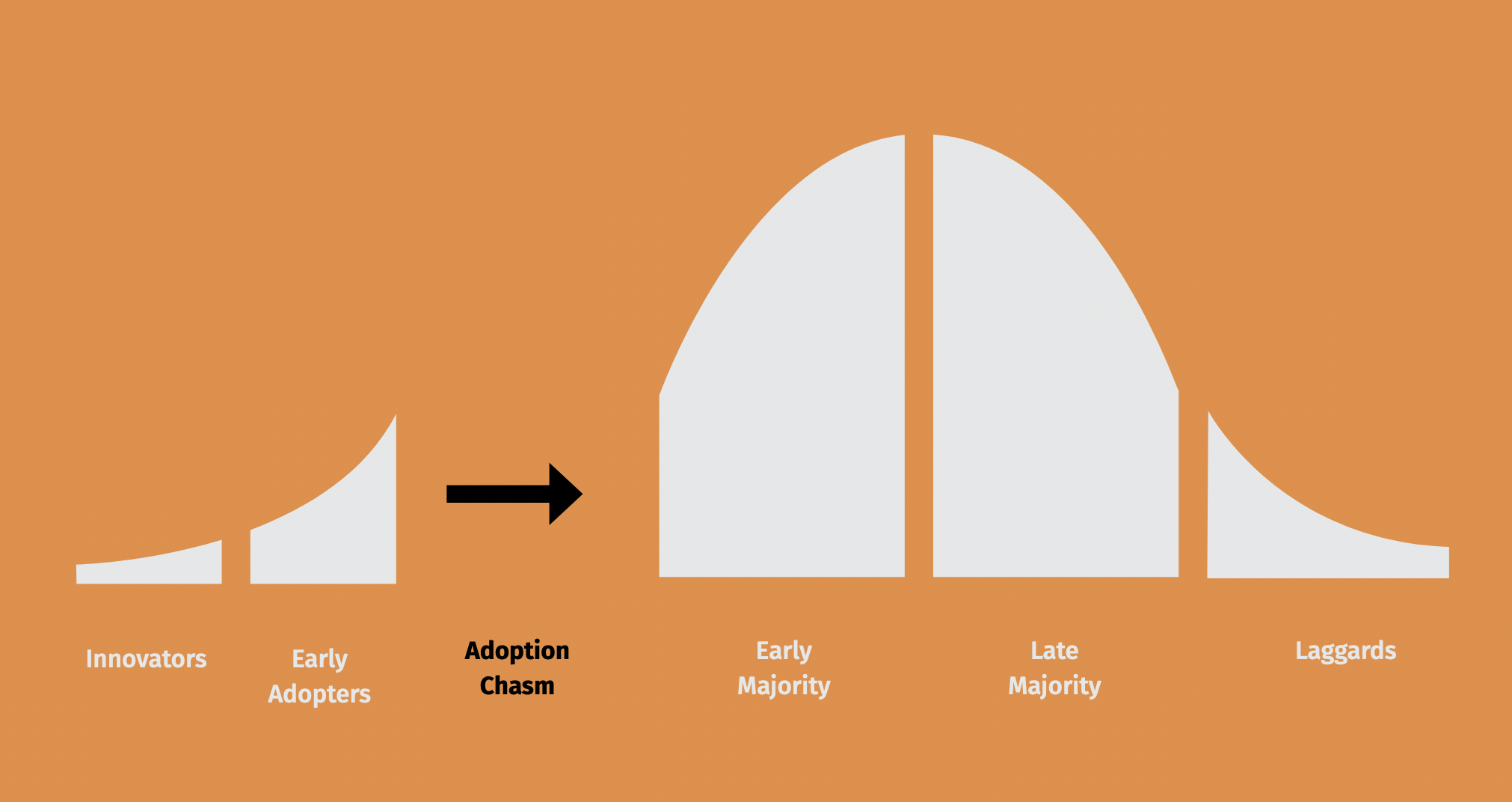
Clean Economy Mistake Path
Overlay the experiences of the four other clean economy sectors, and the resulting pattern forms what we call the “Clean Economy Mistake Path,” which takes place in three phases. First is the Green Zone, or “go” stage. New companies rush to establish a commercial presence and claim market share, working under the demands of cash burn from limited funds. Because they’re doing something new, mistakes are inevitable. In the Yellow Zone, disrupted incumbent sectors convert early mistakes into a problem for people in communities considering whether or not to host the new sectors’ projects.
Onshore wind is in this zone now, featuring the professionalization of NIMBY organizers, strong online connections between the NIMBY groups and quiet funding by incumbent sectors. As far back as 2012, the anti-wind energy marketing of fossil fuel operative John Droz and the American Tradition Institute were exposed. Anadarko Petroleum was caught trying to manufacture the perception that there was a wind turbine fire “crisis” throughout the American West. In the Yellow Zone, the goal of incumbents is to convert a one-community problem into a highly publicized, multi-community issue. We’ve recently finished a series of interviews with the onshore wind developers. Almost to a person, its leading communicators acknowledge how easily complaints about wind farms go viral across state lines.
Stay out of the Red Zone. It’s expensive, high stakes and agonizing — even when you survive it.
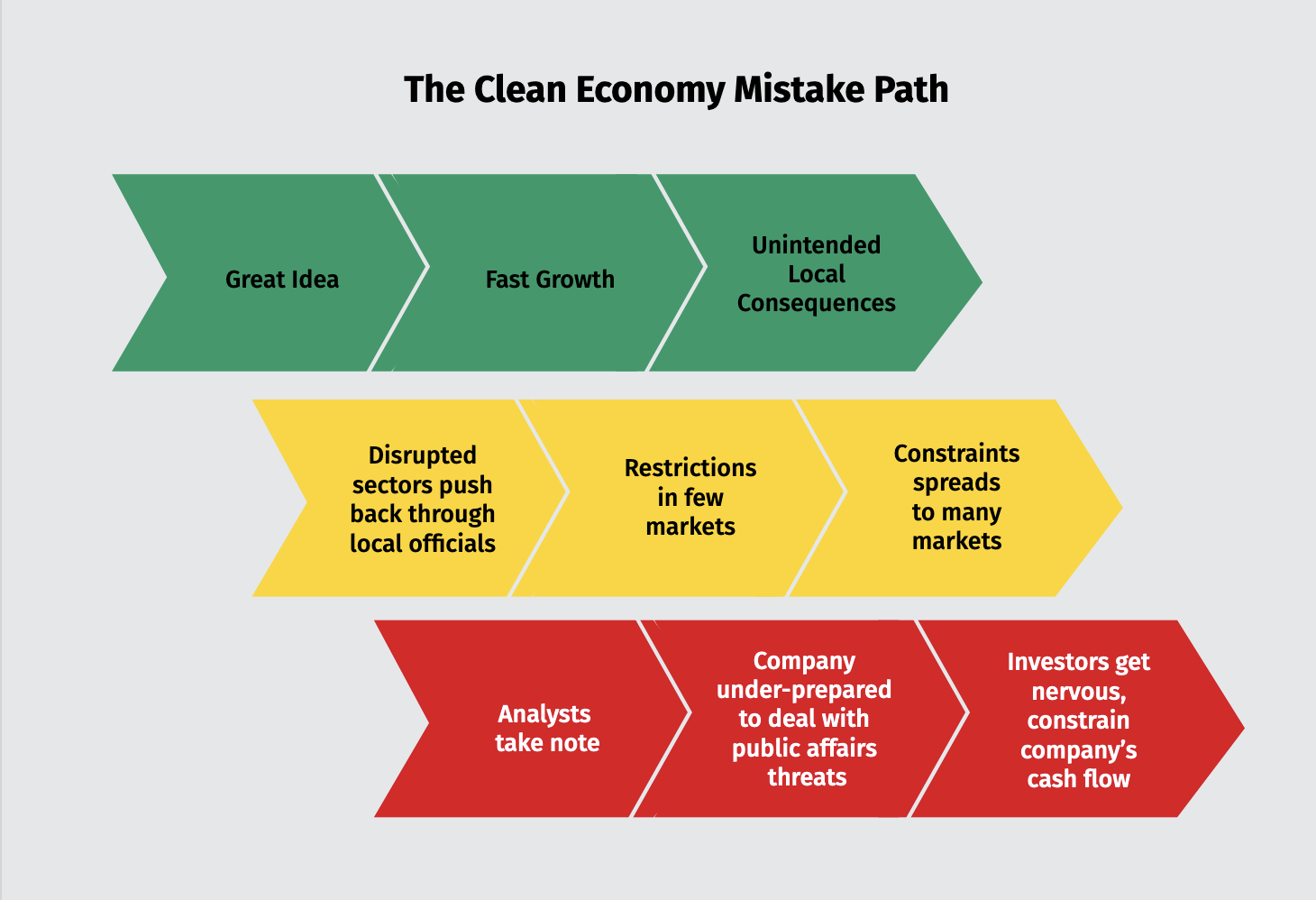
This also happened to the residential PACE industry (R-PACE), and it effectively cost R-PACE the entire anchor market of California. It’s then just a few steps into the Red Zone. There, a new sector’s issues are flagged to analysts tracking valuations of that sector’s companies. The result is a string of pronouncements that the sector’s companies are “troubled,” and “facing significant challenges.” A lead steer on the board begins to panic, and fear spreads throughout the board, resulting in demands that the leadership team fix the problem. The result is an expensive, all-hands diversion from the business plan to desperately bailing out public affairs water from the company boat.
At best, the company pays firms like mine crisis communication-level fees to right the ship. At worst, the company dies, like SolarCity effectively did after the Christmas Eve bait-and-switch in Nevada — engineered on behalf of NV Energy by an ethically challenged public utility commissioner. Trust me, you want to stay out of the Red Zone. It’s expensive, high stakes and agonizing — even when you survive it.
4 Steps Towards the Mistake Path
We’ve identified four factors that drive companies in disruptive sectors to get on the Mistake Path.
1. Excessive belief in the meritocracy of policy debate, regulatory institutions and the motivations of elected officials
Hedge fund-controlled Gatehouse Media has bought up dozens of struggling local newspapers across the country, converting them into the Dollar Store of journalism. The company produces the equivalent of cheap trinkets by cutting news journalism corners at every turn. Its 2017 hatchet job, written by a summer intern, painted a sensational picture of a wind turbine health “crisis” among rural neighbors of wind farms. A month after the Gatehouse hit job ran, Berkeley National Lab came out with the definitive study of attitudes among those living within five to a half mile of wind farms. The study found that over 50% of people who live within a half mile of a wind farm had a positive or very positive experience with the nearby turbines. But the Gatehouse series was a shot heard much farther than the fact-based study by Berkeley National Labs.

We’ve noticed that the younger a clean economy sector is, the more likely its members will see their differences before their shared interests. That makes forming effective coalitions and associations more difficult, as various consultants and executives compete to form the industry coalition they can control to their benefit. The result is turf battles that fetter common-good advocacy. This was sadly true when we worked for the Solar Energy Industries Association (SEIA) during its greatest existential threat, the 2009-10 phony Solyndra “scandal.” This ruse was pushed by the fossil fuel lobby. It featured an FBI raid, dozens of Congressional hearings and an estimated $800M in SuperPAC ads spent attacking President Obama’s “green energy” program. At the time, there were at least four ad hoc splinter groups competing with SEIA for dollars and attention. Their differences were trivial compared to the size of the threats the sector faced, but the divisions still had to be navigated by then-SEIA President Rhone Resch. The result was a significant drag on response times and effectiveness, despite SEIA’s best efforts.
3. Poor Hiring
Often when private sector startups run into government affairs problems, they ramp up hiring. That hiring sometimes takes one of two unhelpful forms: 1.) “Friend and family hiring” of people who lack experience but are familiar and trusted. 2.) Star chasing a “big name” who once held down a high-profile government job. Neither approach accounts for the amount of relevant experience the new hires have had in getting politicians to treat companies fairly.
4. Magical thinking about budgetsI heard once that there’s a Zen Buddhist saying: “You can stand in the circle of what is, or you can stand in the circle of what should be while shouting at the circle of what is.” Said another way, disagreeing with reality doesn’t change it. Politics and policy are a full-contact sport. If your company is out to take market share from active incumbents in an industry with significant regulatory exposure, you will be fought, not ignored. And captured regulators will be part of the toolset used by incumbent sectors. The messiness and slow pace of policy decisions isn’t a reason your company can sit out those decisions. Hiring the right people to execute well-designed, effective programs costs real money that’s guaranteed to be more than you want to spend. But spend you must.
Offshore Wind Best Practices to Improve Public Acceptance
With just one pilot project in the water, OSW has the luxury of choosing between either investing at scale to influence public acceptance of offshore wind power projects in the US, or rolling the dice at the craps table. If OSW wants to avoid the public affairs heartache of other clean economy sectors, there are five practices it should consider.
1. Invest in the online conversationLocal communities are increasingly making early-stage decisions online. This is particularly true in small communities, which make up the lion’s share of the 1,300 towns that are now “news deserts” — communities with no local news media serving them.
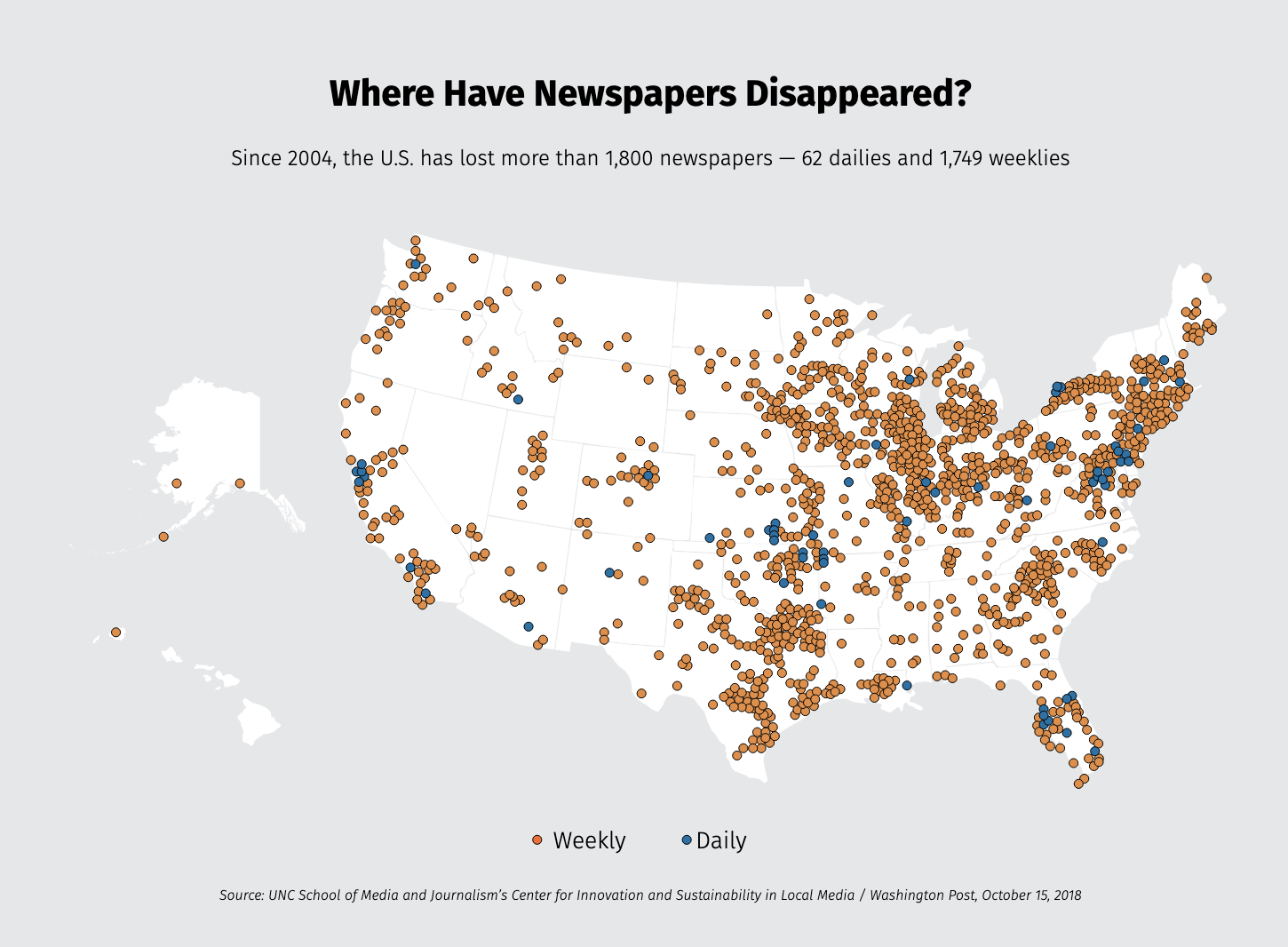
Into that void has stepped Facebook, which has become “the new town square.” (H/T to Paul Copleman of Avangrid). In fact, in its groundbreaking survey of small-town news consumption habits, Apex Clean Energy found that Facebook was a top news source in rural communities, including those considering whether or not to host a wind farm. We conducted the first-ever analysis comparing the online pushback from NIMBYs with the online responses from the top onshore wind developers. Only one out of 10 had anything resembling a proactive digital program. The consensus is that NIMBYs now organize online, then show up in the room. You underinvest in Facebook and other digital platforms at your company’s peril.
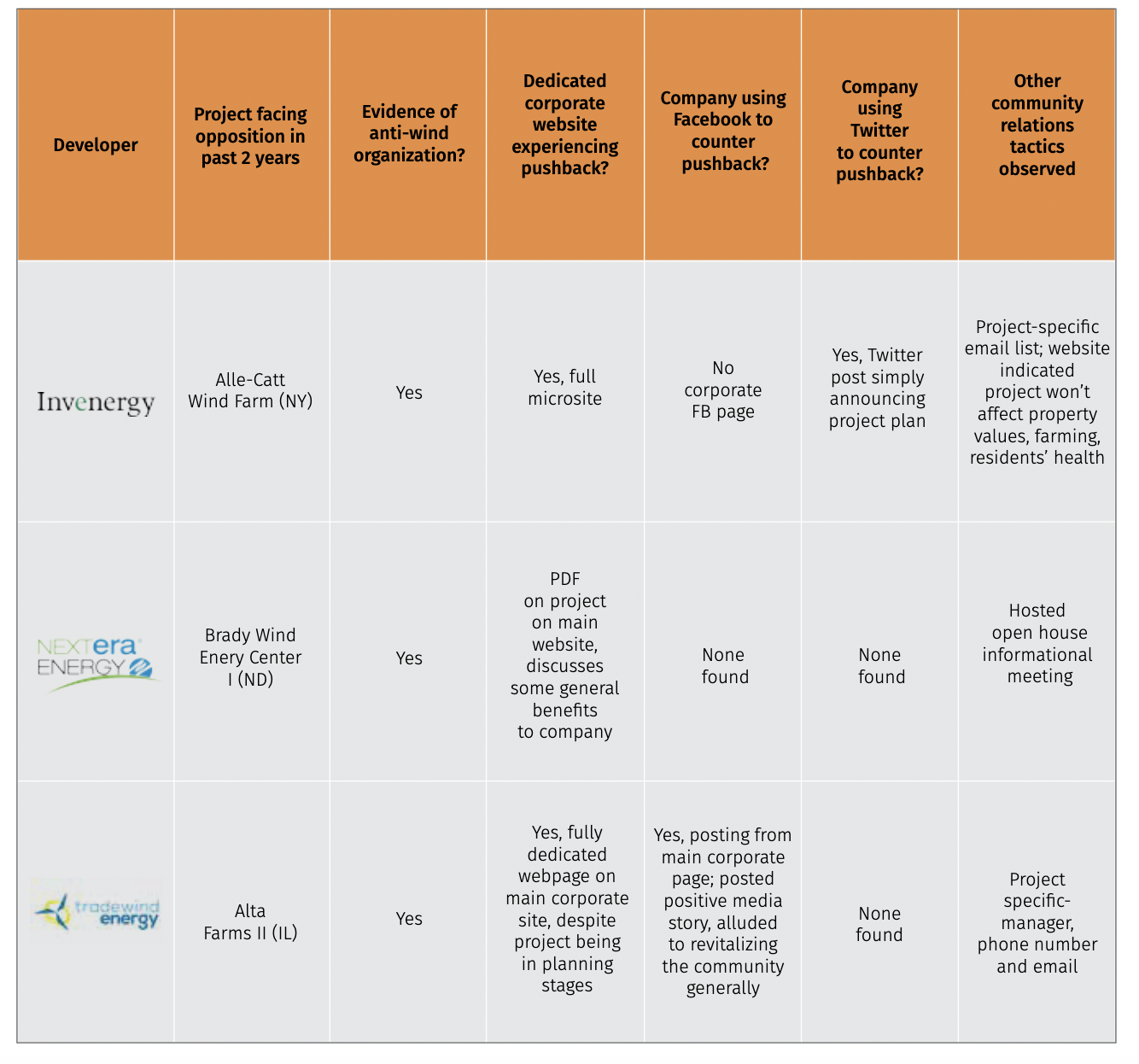
2. Win the race to define
Any large-scale clean energy project is the equivalent of an issue or political campaign, and every campaign is a race to define. He or she who frames first creates an advantage that’s difficult to overcome. We still find that among clean energy developers, the legacy mentality of quietly working regulators is the norm. It’s also a de facto guarantee that you will start the race with your shoes tied together. Being quiet is a losing strategy in an age of increasingly professionalized NIMBY opposition.
A marketing strategy should be applied for every wind farm, treating it as a product that must be narrated. Use compelling, plain-language framing that’s anchored to a core need in the community. And, that definition has to be driven home through visual storytelling (read, video), narrated by people whom locals find relatable. Narratives from people trump facts and figures — always. But the good news is that the OSW industry has a robust potential supply chain and employee base to utilize. They are the people who should start the conversation for your company. It’s crucial to form a supporters group for your project immediately, and then constantly build it through potential vendors and potential employees. If your company can show growth online, it for opponents to argue against community momentum for your project — rather than allowing the opposition to grow its moment and force you to catch up.
3. Use digital to engage, not distribute
Too many companies in the clean energy sectors treat digital platforms as new and cheaper forms of distribution. Basically, another version of the traditional news release. The “post and forget it” approach is leaving communications power on the table, and it stands in stark contrast to the online NIMBY conversations. It’s critical to fully integrate the use of digital tools with your in-person community acceptance efforts. If your company has to present at the local library to a community group, why not use your project Facebook page to share favorable participant comments with those who didn’t attend? If you use your digital platforms to parallel the back-and-forth of in-person conversations, locals are much more likely to feel heard. In fact, online critics are usually an asset. Their arguments on your project’s Facebook pages show in real-time changes in opposition arguments. Your response to them — polite, clear and consistent — will be watched by supporters, who will be emboldened by your proactive response. Note that the effective use of digital tools requires dedicated staff capacity to constantly engage local citizens in the online conversation.
4. When hiring, don’t equate expertise with just having opinions
We’ve met a lot of public affairs leads, line staff and vendors for clean economy companies over the last 15 years. The vast majority are very committed to transforming the U.S. economy to a more sustainable footing. But many are the product of the two misguided hiring approaches we listed earlier. You wouldn’t hire someone like me to be your lawyer or your accountant. Don’t hire people with no successful experience driving public affairs outcomes. Whether it’s employees or vendors, hire people who have successfully done for others what you need them to do for your company.
That experience should include:
- Putting people into office or escorting them out of office by working on political campaigns.
- Serving elected officials while they are in office — particularly at the level of government at which your company is focused. A stint in a Presidential or Governor’s Administration as a policy wonk provides no guarantee that a job candidate or consultant knows anything about the rough and tumble of electoral politics.
- Pressuring elected officials or regulators to take the right action through successful public affairs campaigns.
5. Invest real money in controlling your fate
When it comes to offshore wind challenges, this in particular is a big one. I spent a fair amount of time in 2017-18 working with the public affairs heads of the early OSW players. Together, we hammered out a compelling strategy to handle the grave concerns about how Trump’s past business hostility to OSW would play out in his Administration. It was a reasonable concern, and the group crafted a sound plan over several months. However, when it came time to pass the hat for funding its own public affairs success, each company thought and played small-budget ball. That is beginning to change with the addition of more and bigger companies. But the lesson stands — if your company’s fortune rests on public affairs outcomes, don’t engage in magical thinking about what things cost. There is no green philanthropy riding to the rescue of a for-profit industry populated by large global companies. You must fund your own public affairs fate at a level that matches its criticality to your company. When it comes to public affairs, nothing’s free. It’s not even discounted. It’s only effective or not. And given the importance of our emerging sectors, we should insist on doing what works.
When it comes to public affairs, nothing’s free. It’s not even discounted.
Continue ReadingTigercomm Convenes First-ever Cleantech Editors & Reporters Roundtable
Have questions you want to ask editors of the major cleantech news sites? While socially distancing, we’ve got a webinar for that.
“We have to stop being afraid of using social media to communicate.”
We’ve known EDF Renewables’ Christine Karlovic for almost 10 years. When she agreed to about talk community acceptance with us, we jumped at the chance because she and her company have deep experience building community acceptance across North America. EDF Renewables has developed 16GW of renewable energy, with over 1,100 North American employees and bringing another 24GW of projects through their company’s pipeline.
Continue ReadingIPPs have “ceded the digital ground” to Nimbys, and communities are increasingly making decisions on wind farms on Facebook, writes Mike Casey
Originally published on Recharge News
There’s a growing concern within the wind industry that in communities considering hosting wind farms, the loud minority of opponents is increasingly trumping the silent majority of supporters who want the jobs and revenue that come with projects.
An analysis earlier this year validates those concerns. We tracked the online pushback faced by major wind developers from communities considering proposed wind farms. The findings showed that every developer is facing increasingly aggressive “Nimby” (not in my back yard) opposition, yet, few wind independent power producers (IPPs) are adopting the proactive digital strategies to meet or pre-empt local critics.
Continue Reading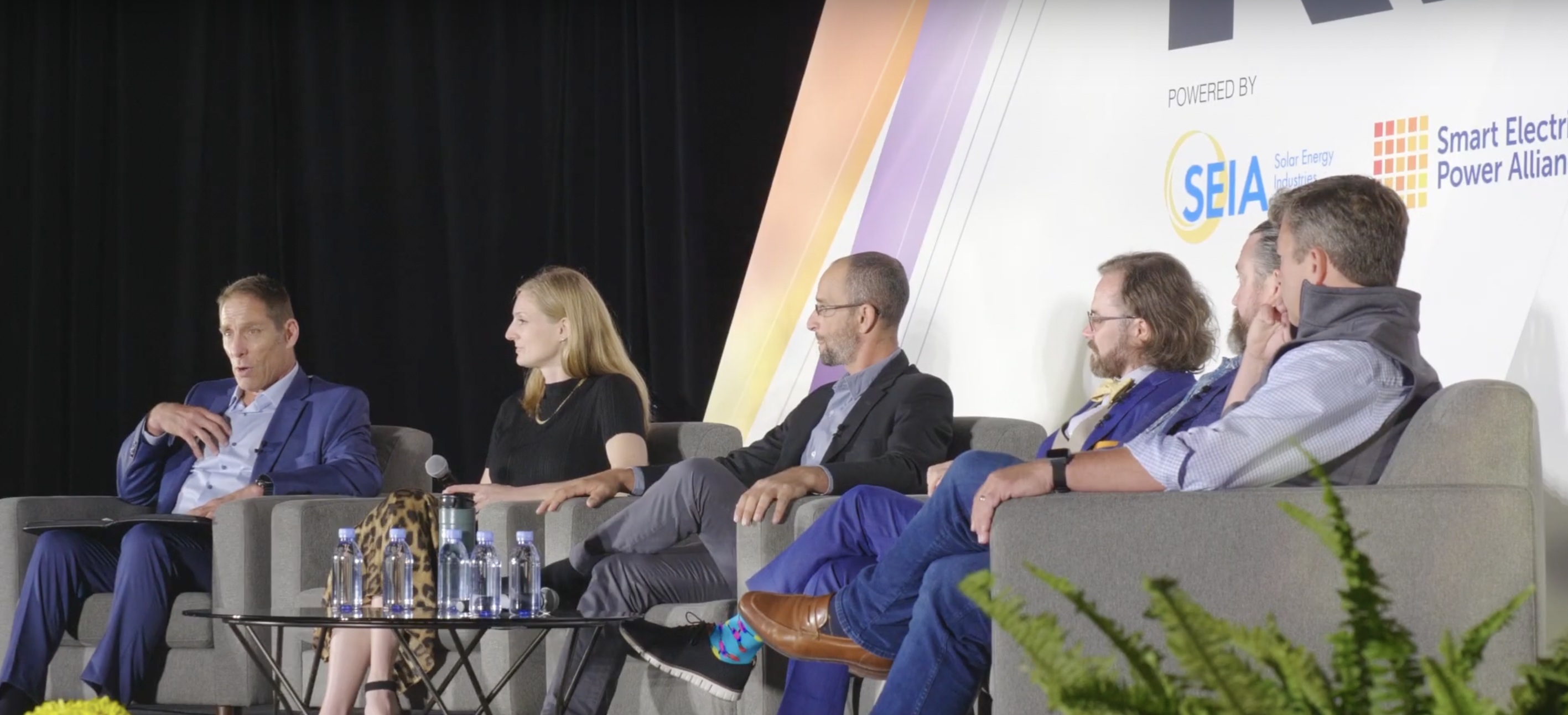
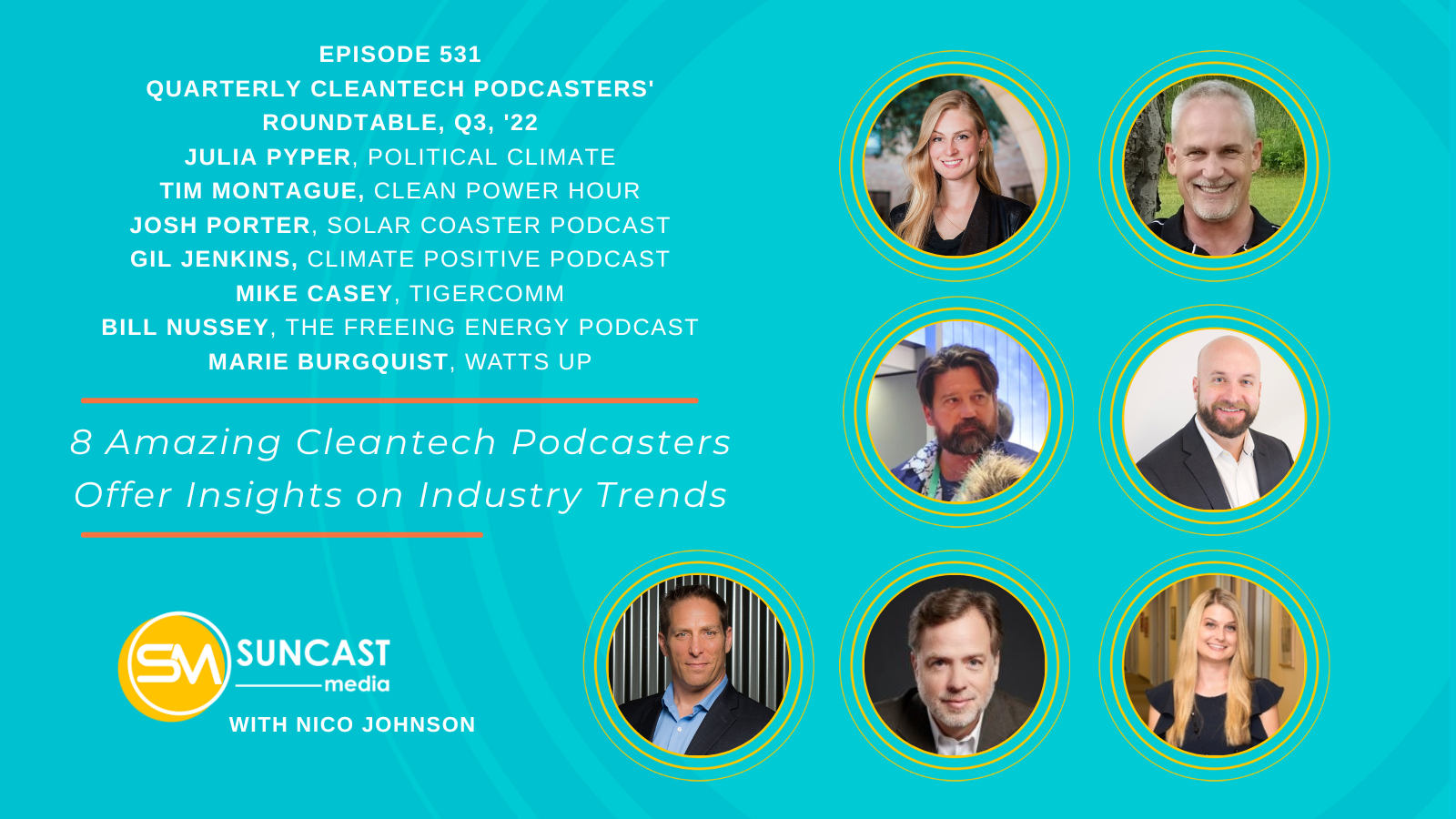
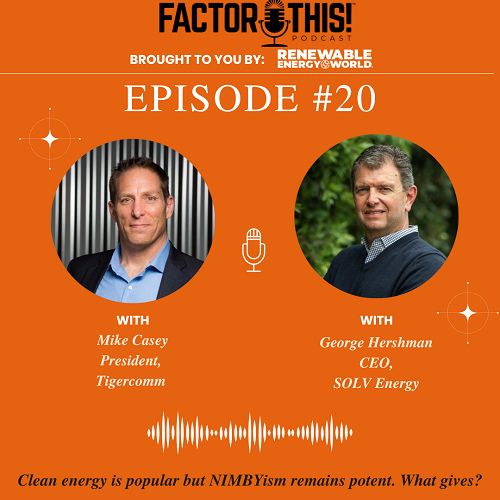

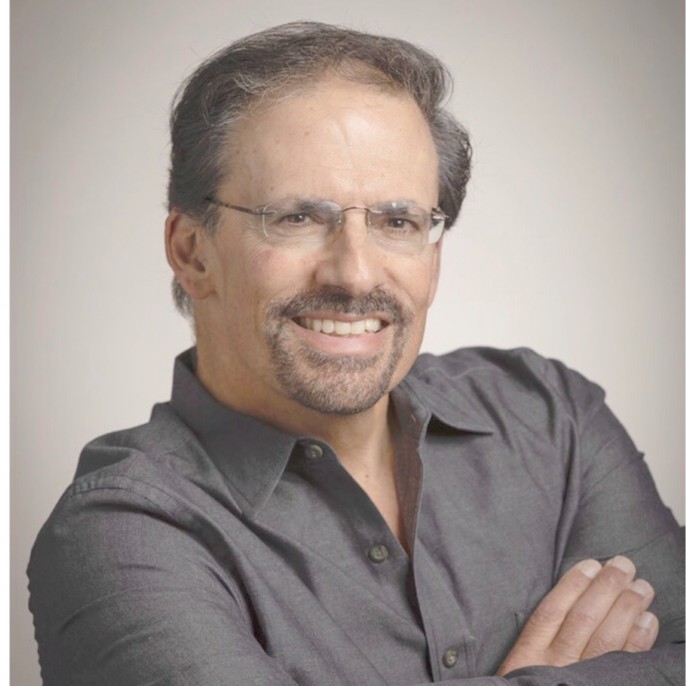
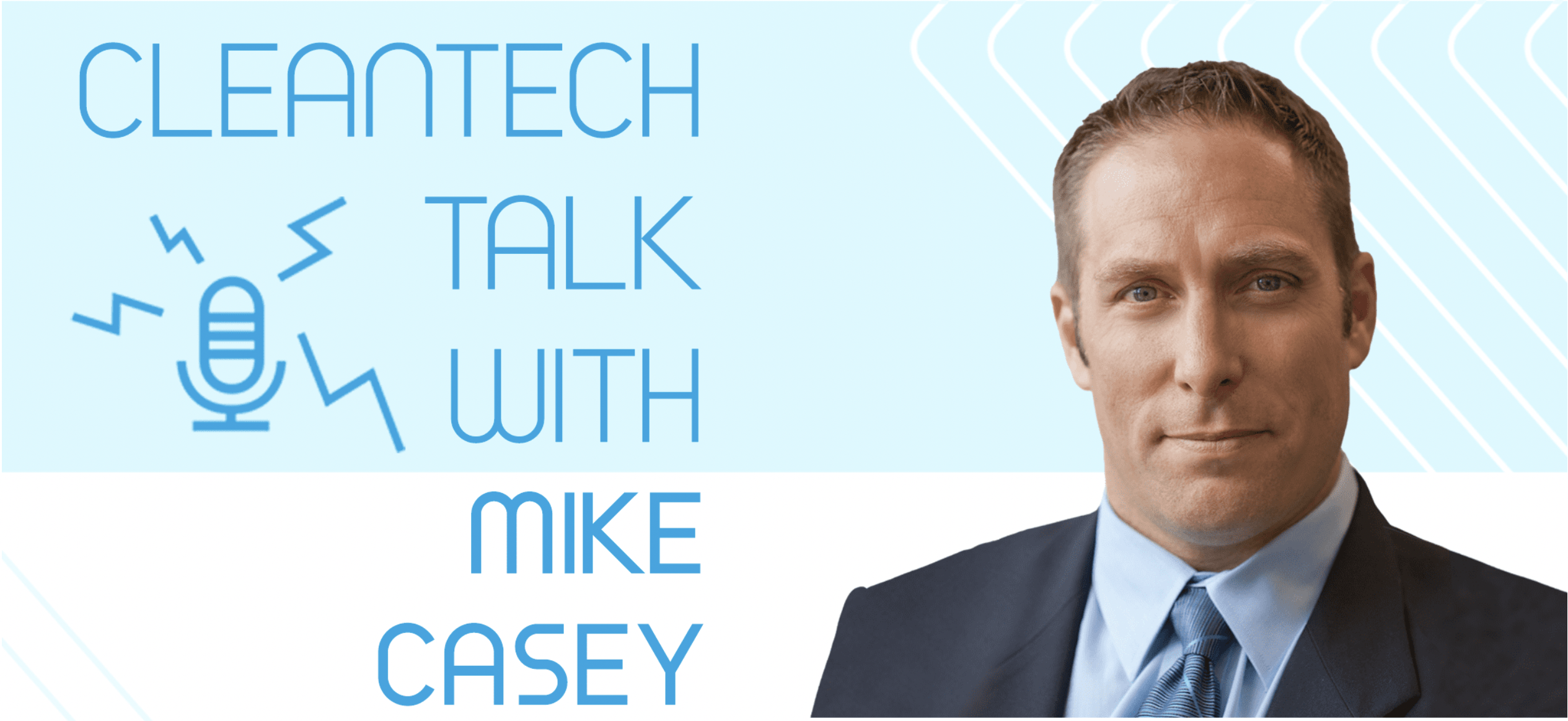
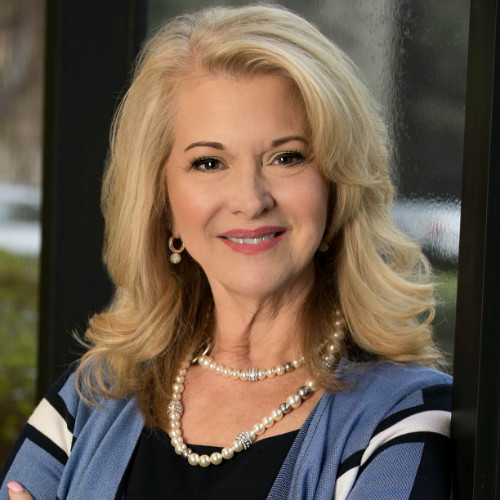
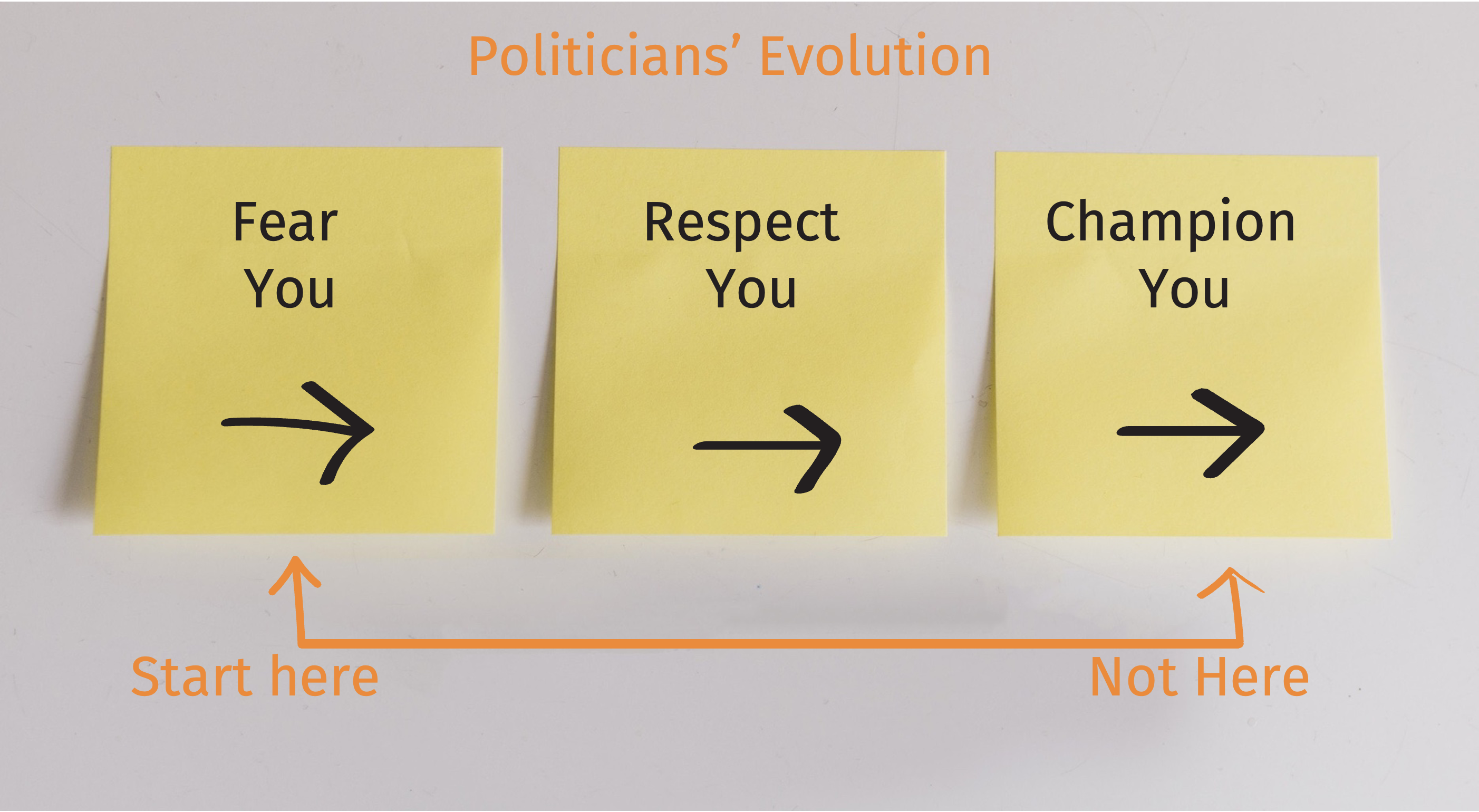
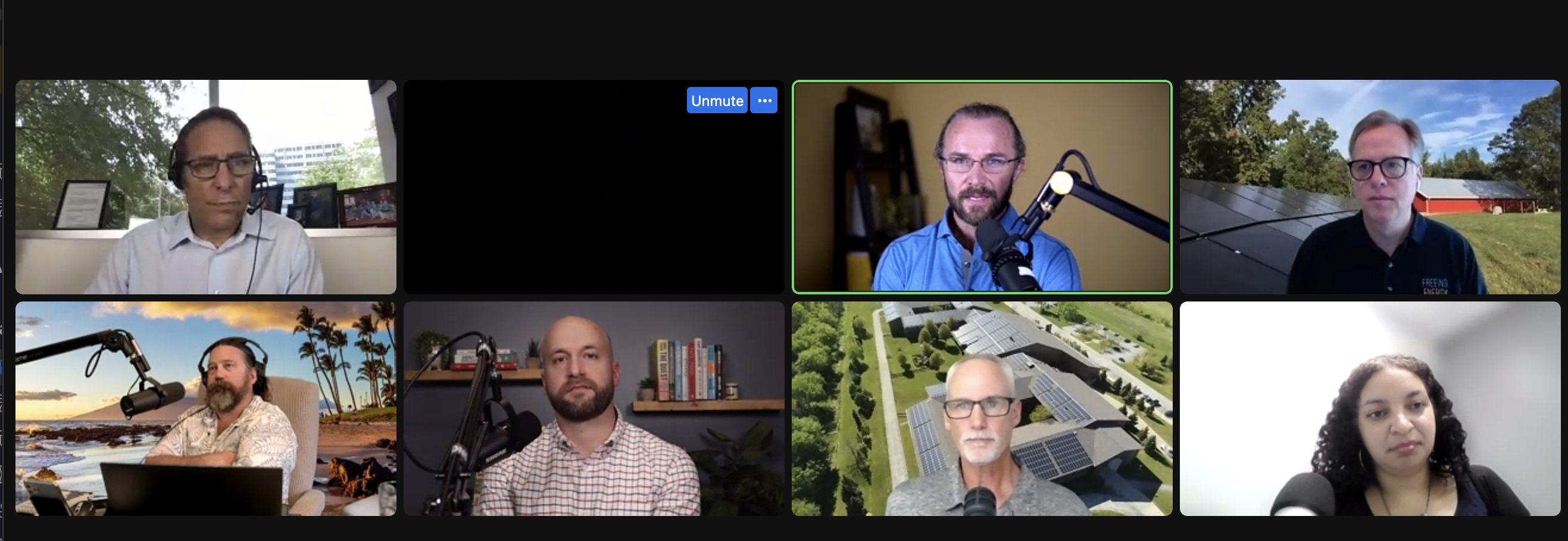


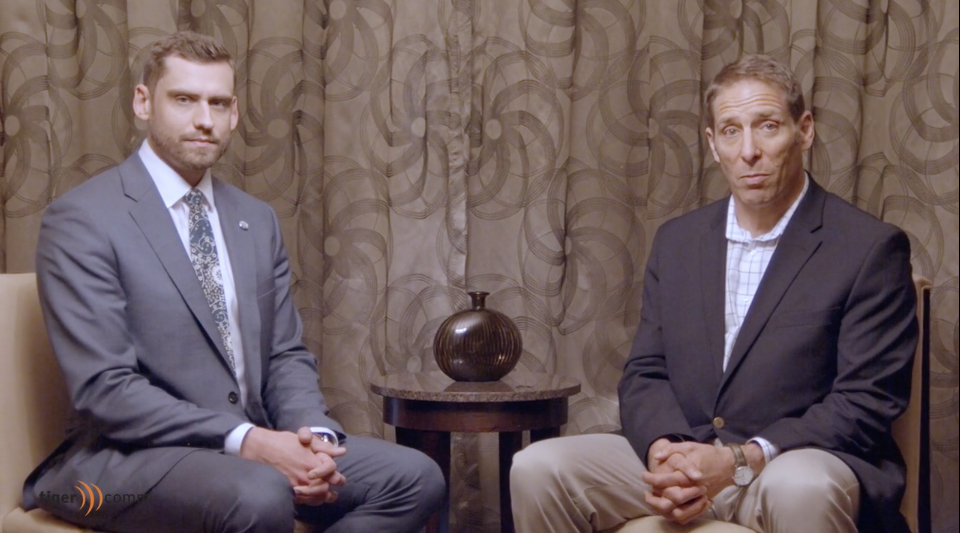


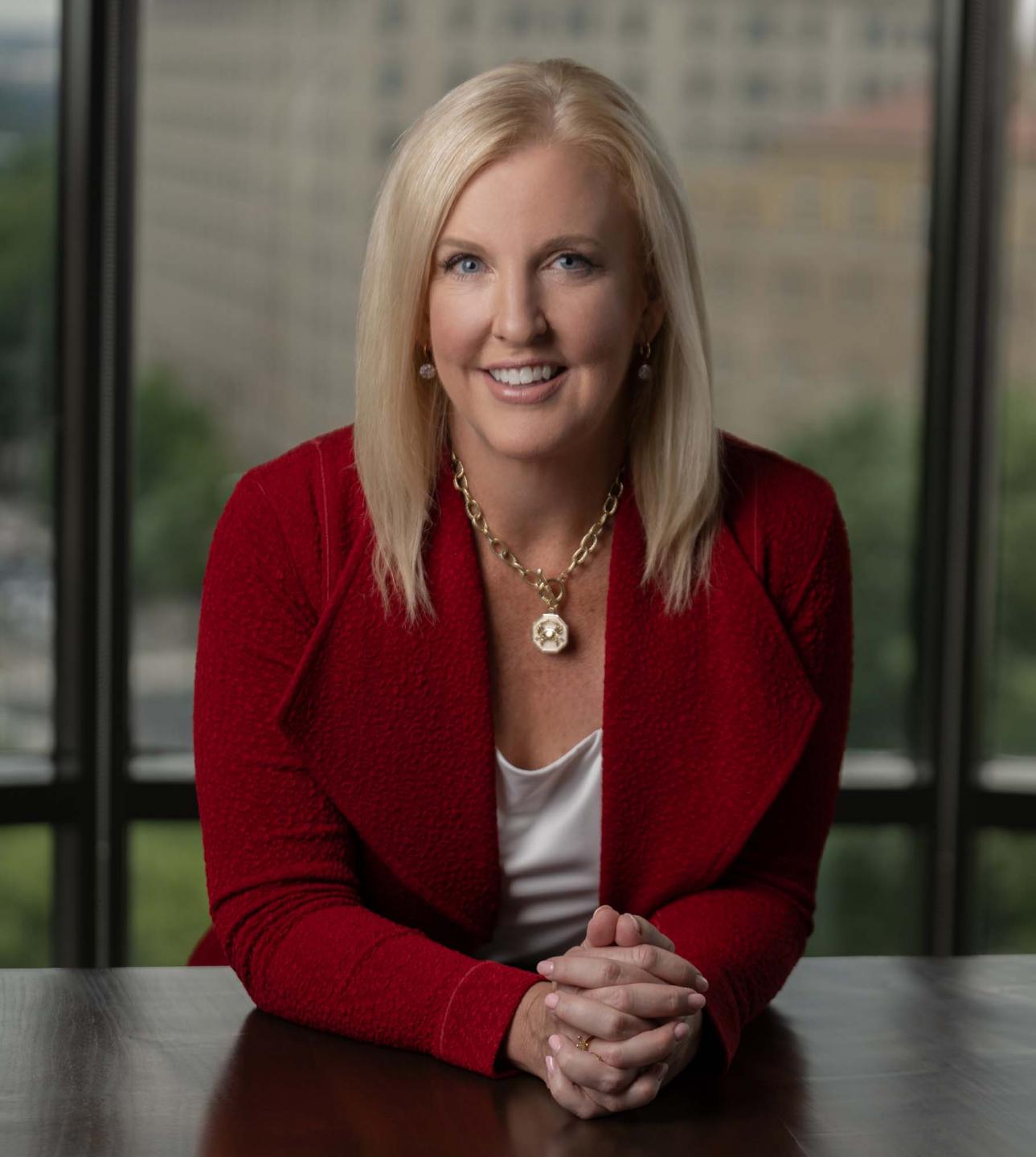
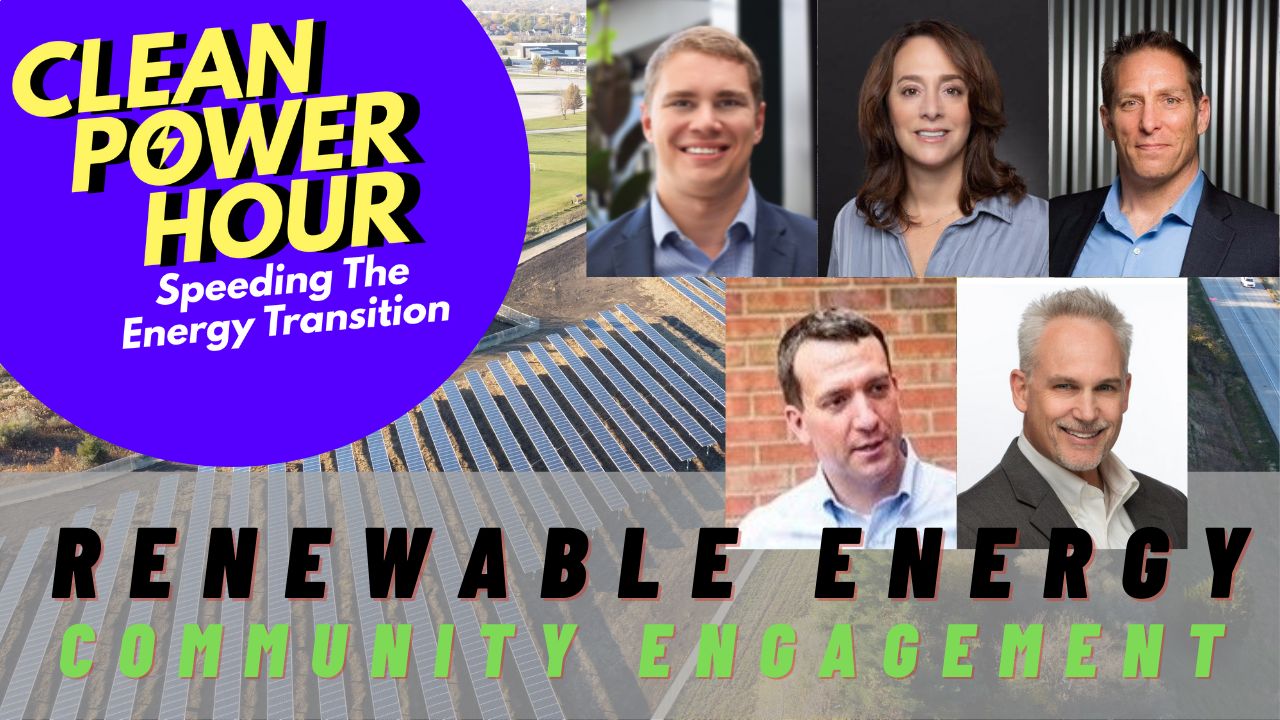
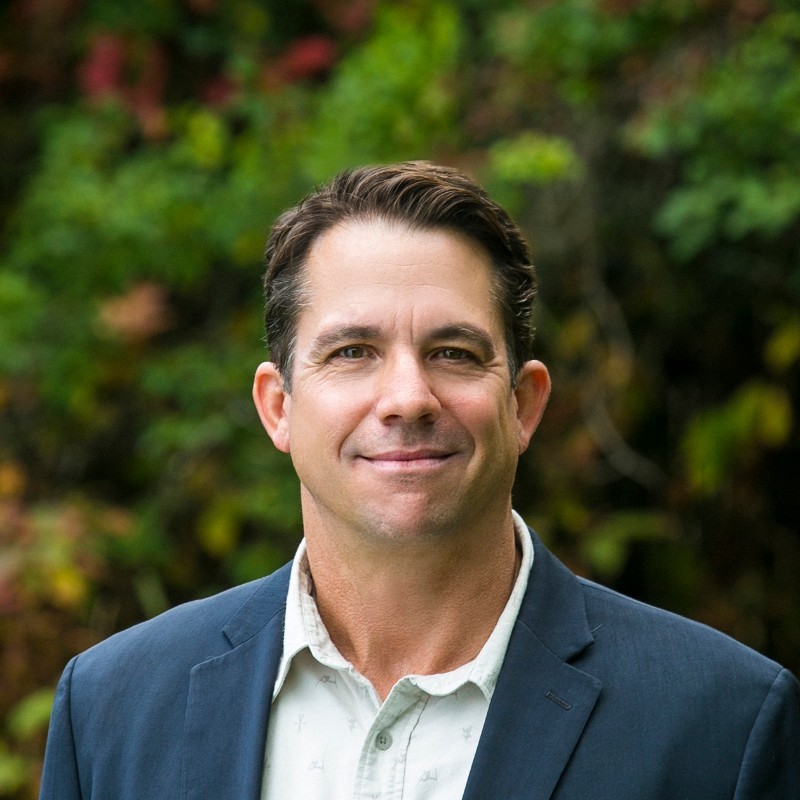
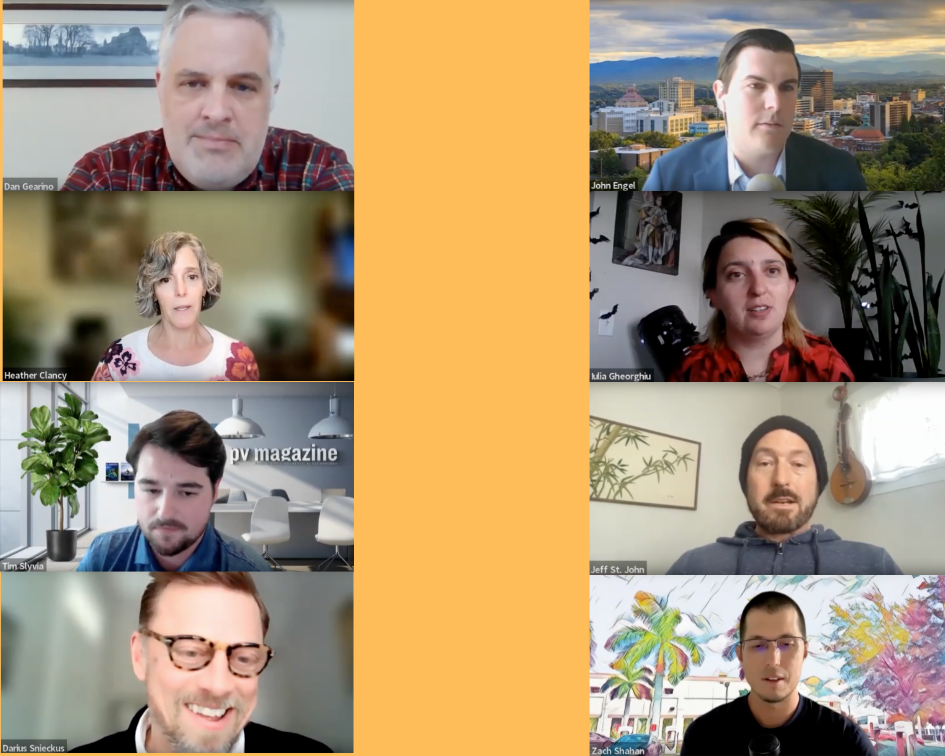

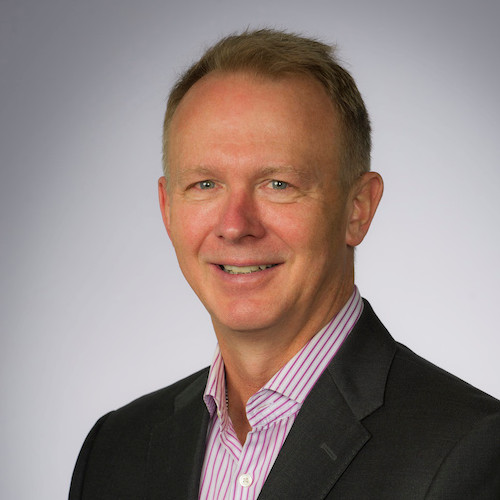
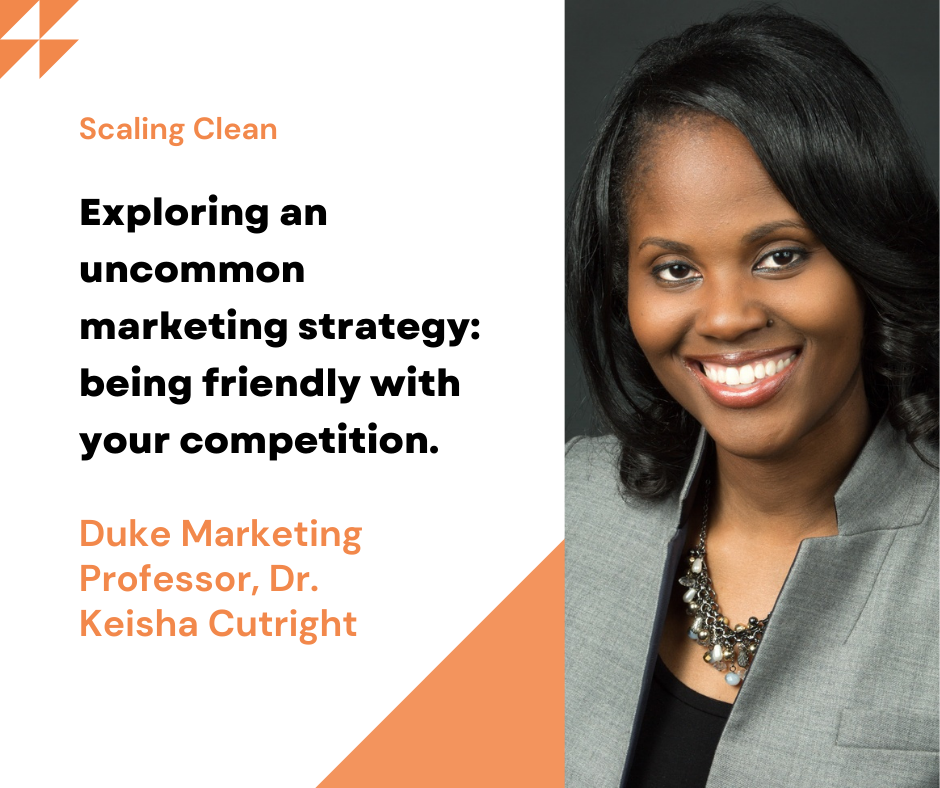
![Modern Cleantech Marketing Guide + [B2B Marketing Checklist]](https://www.tigercomm.us/hubfs/Screenshot%202022-03-08%20at%206-58-47%20PM-png.png)
